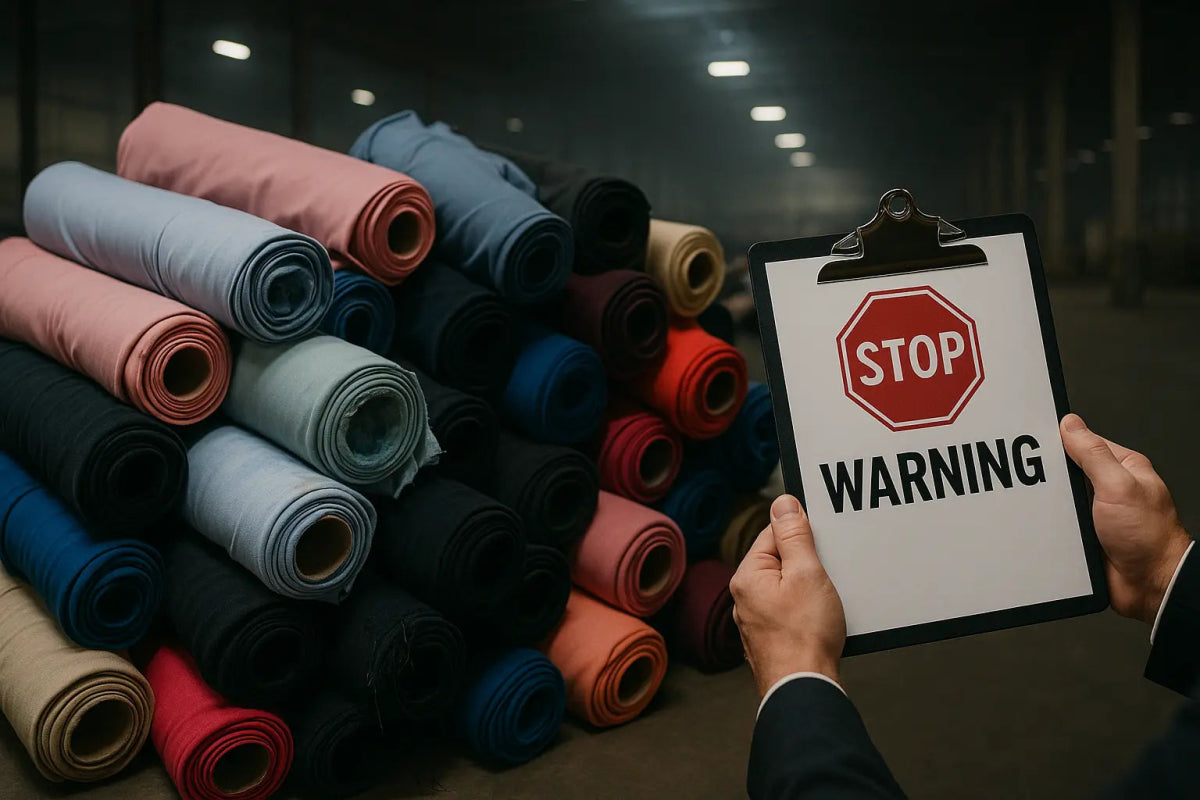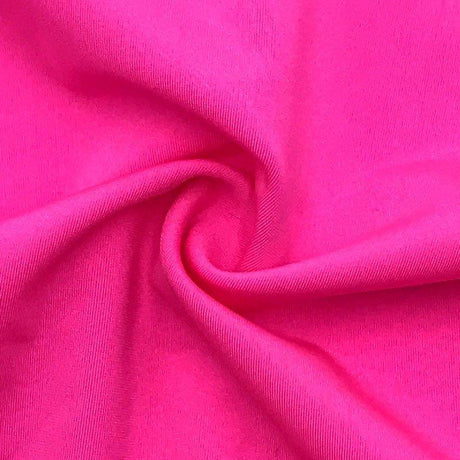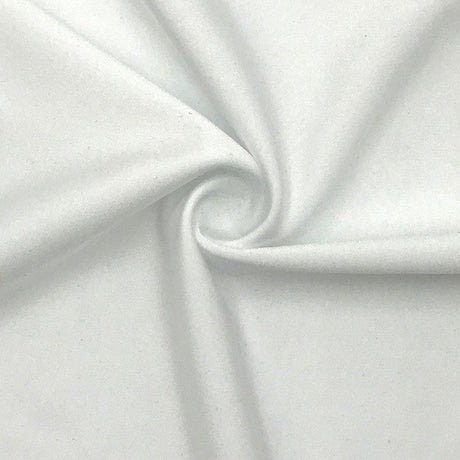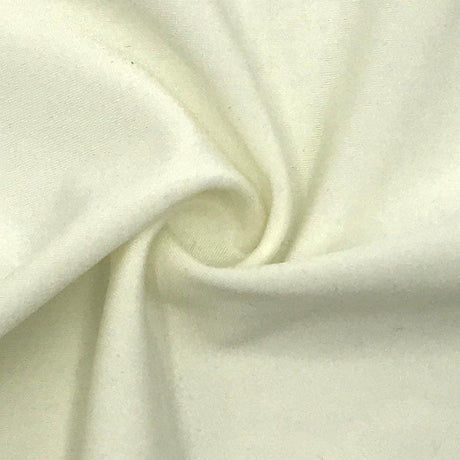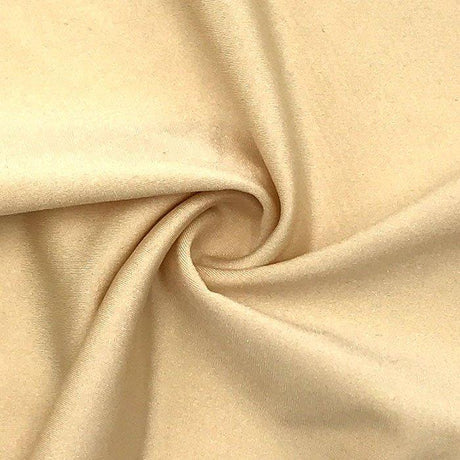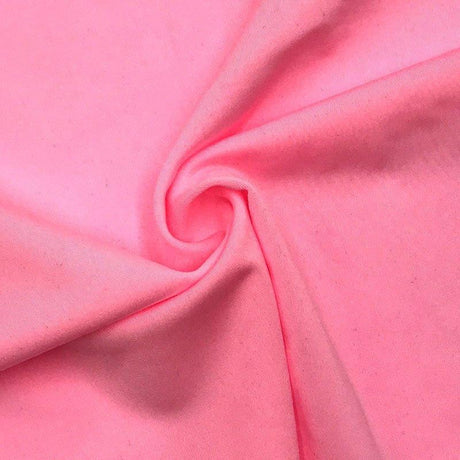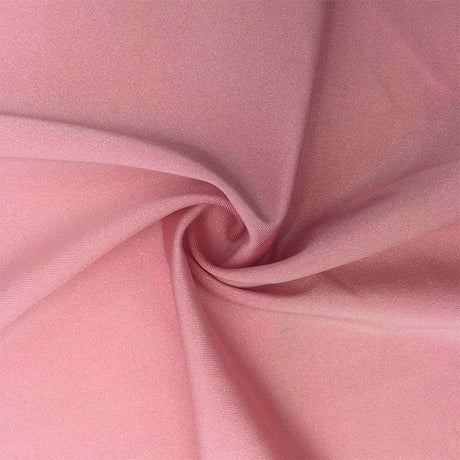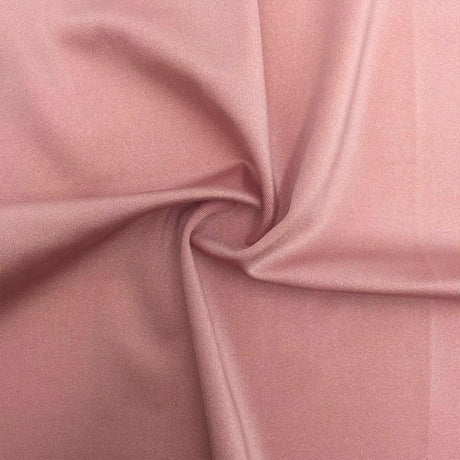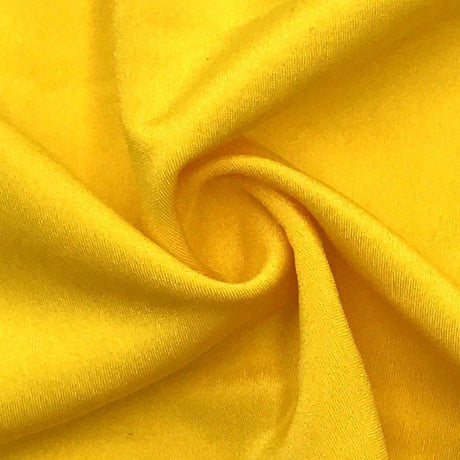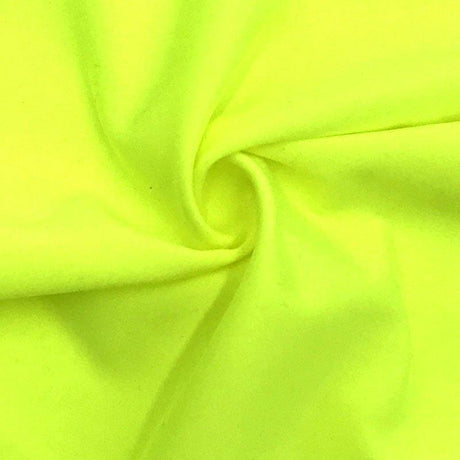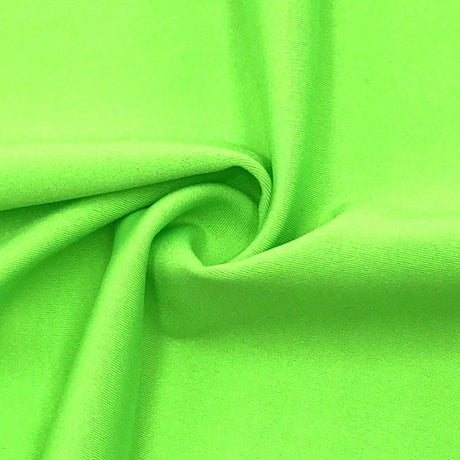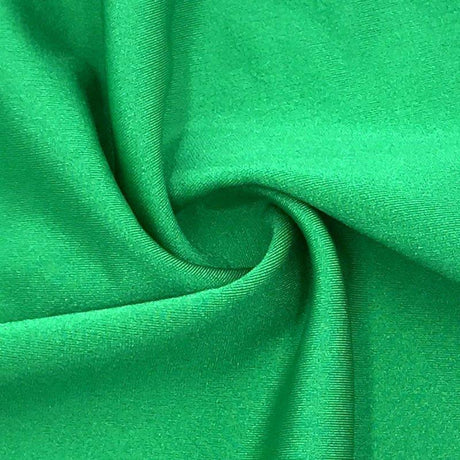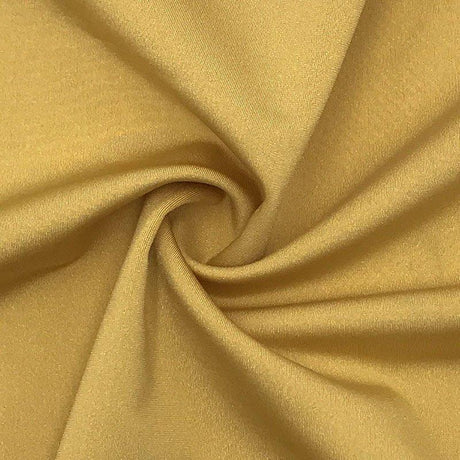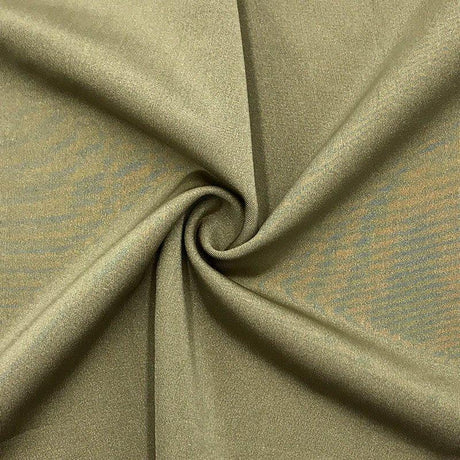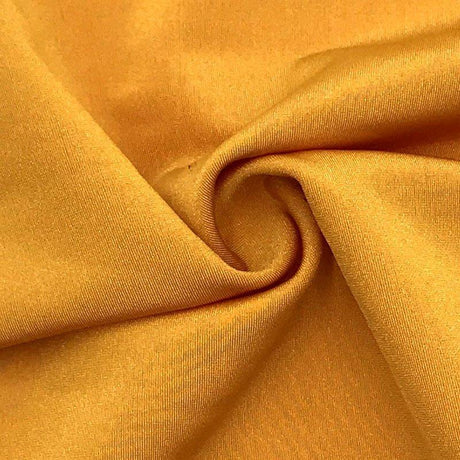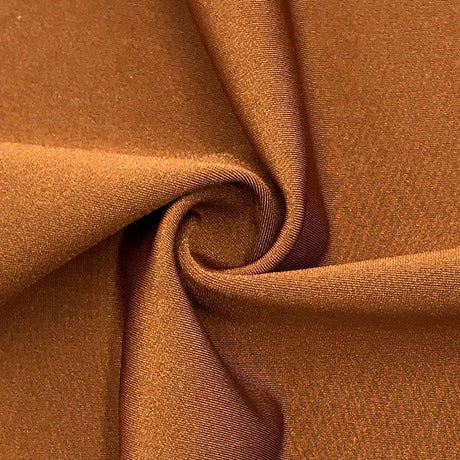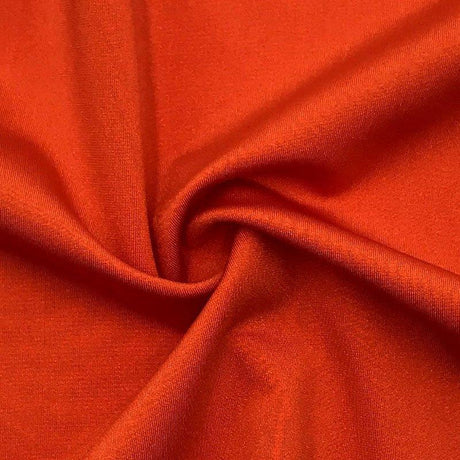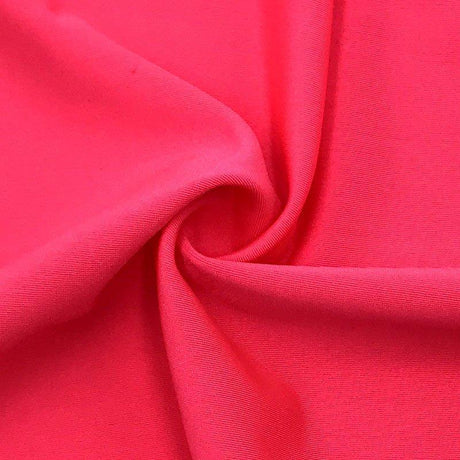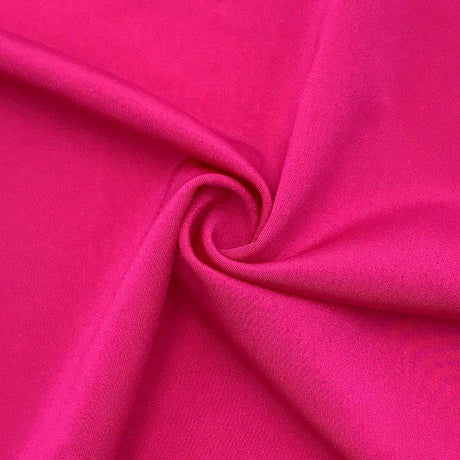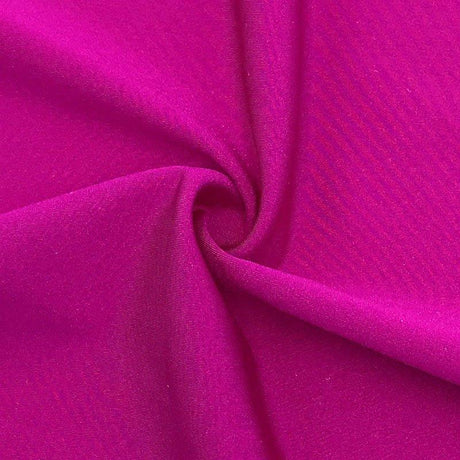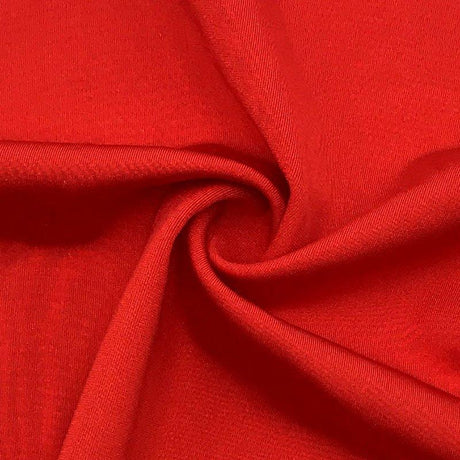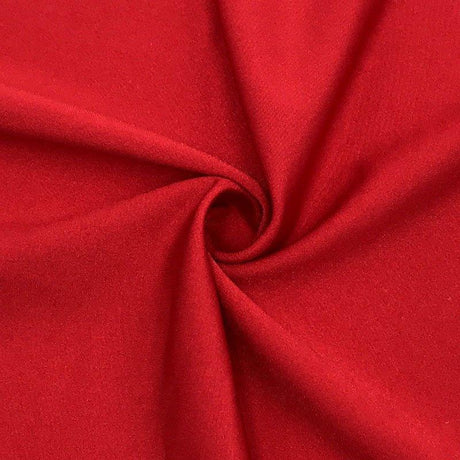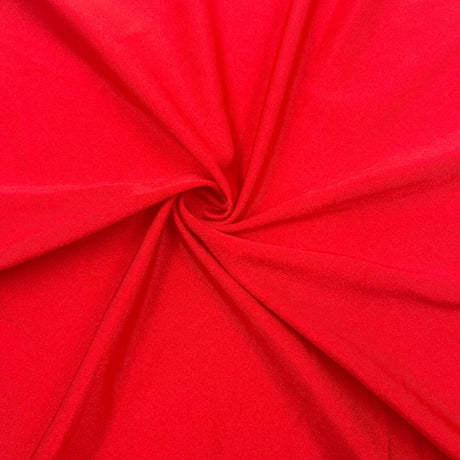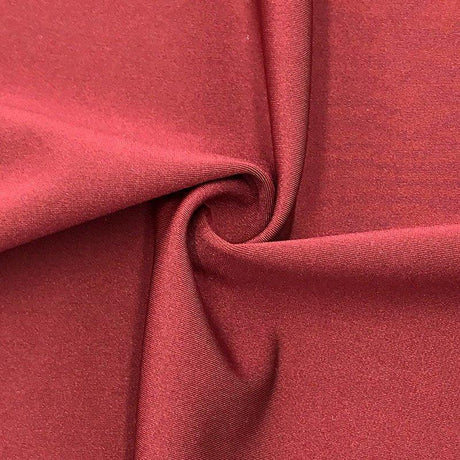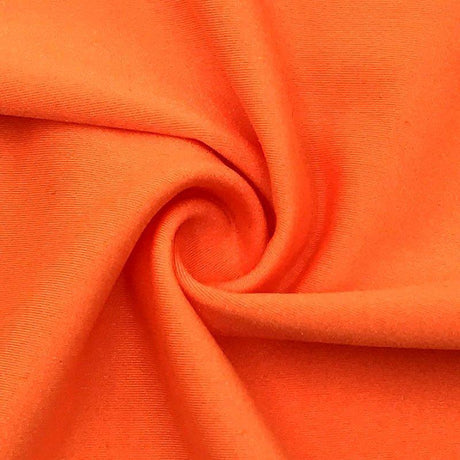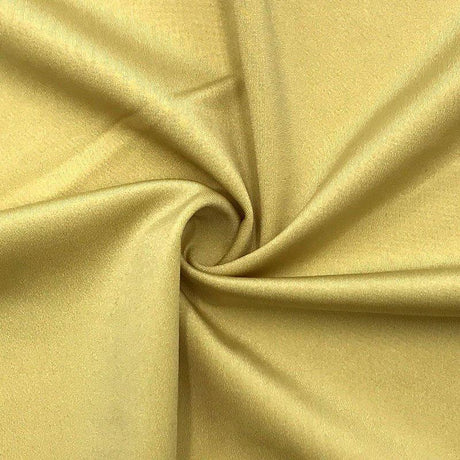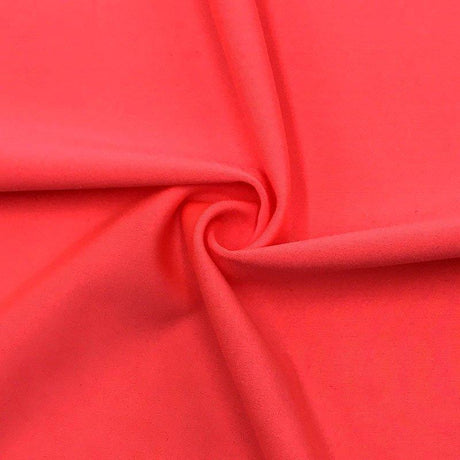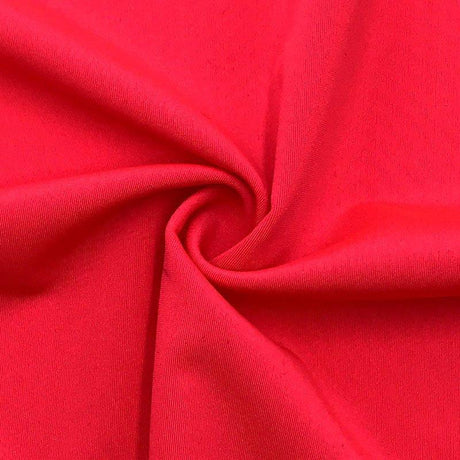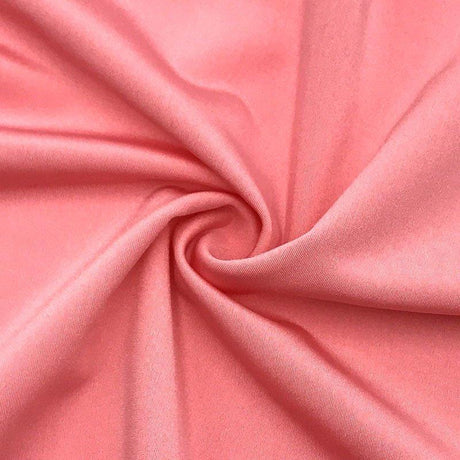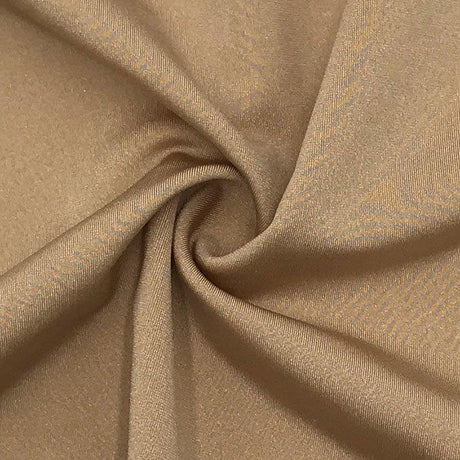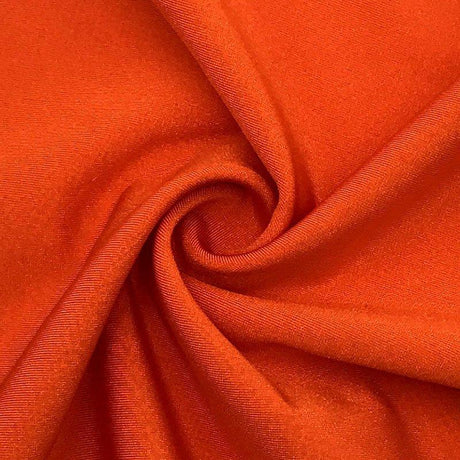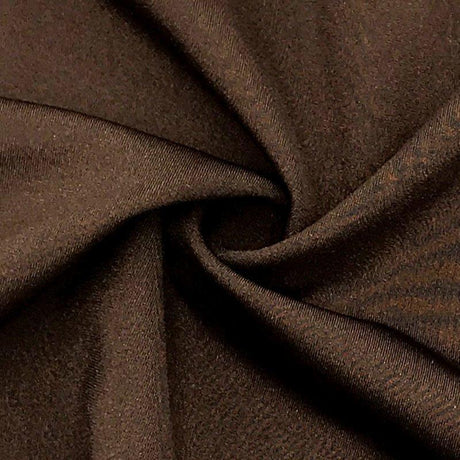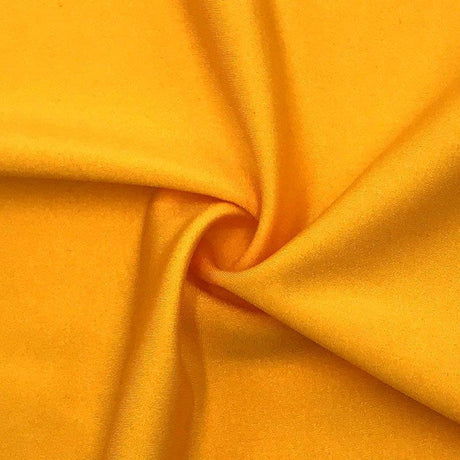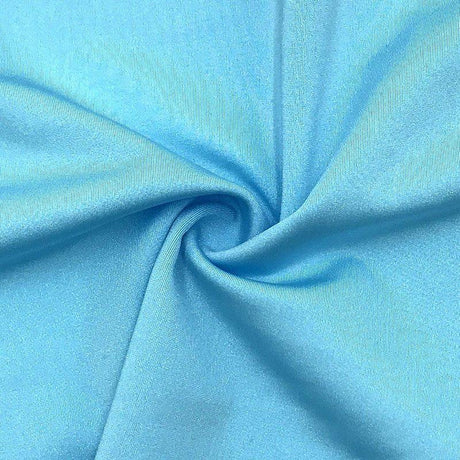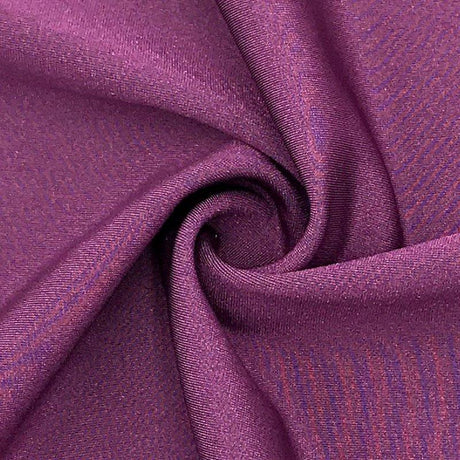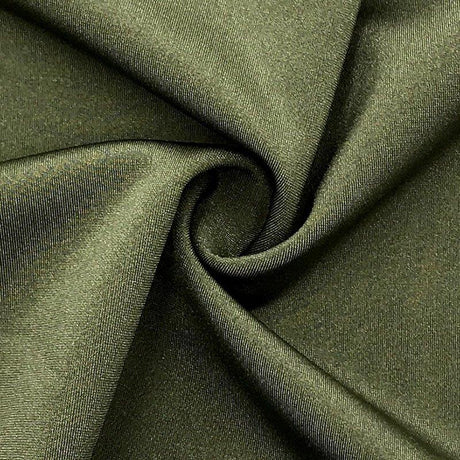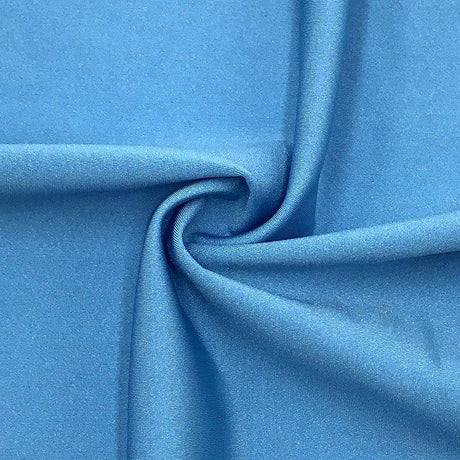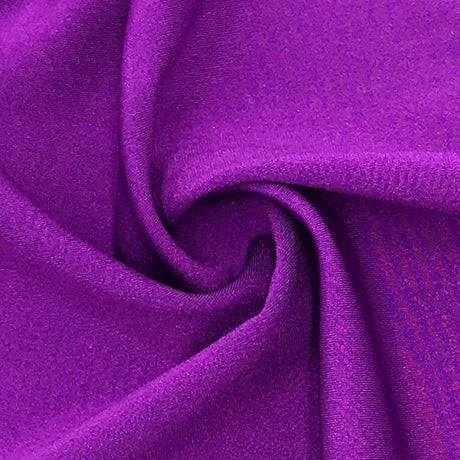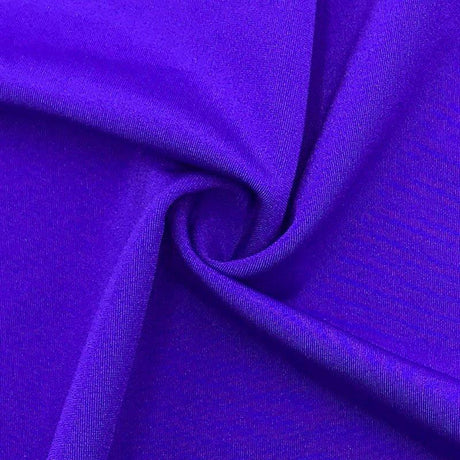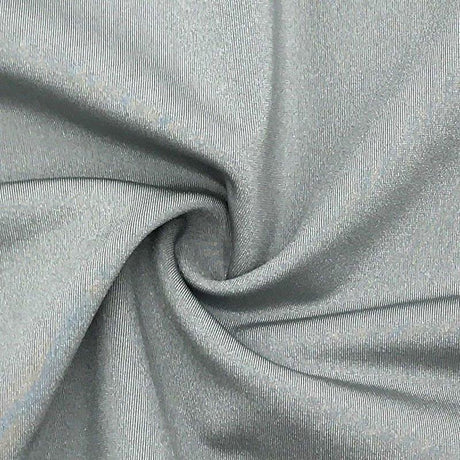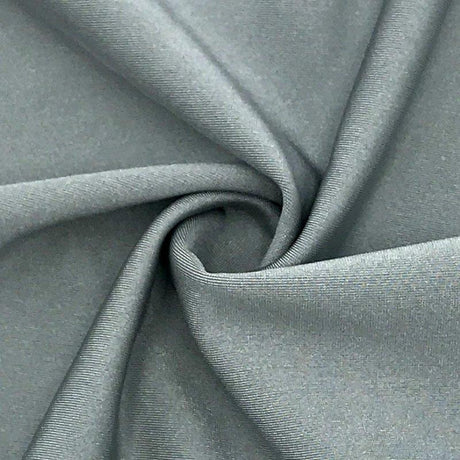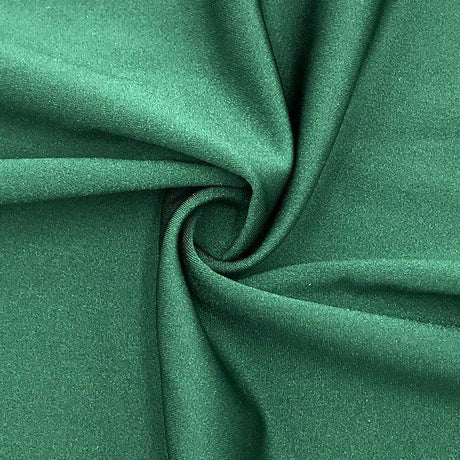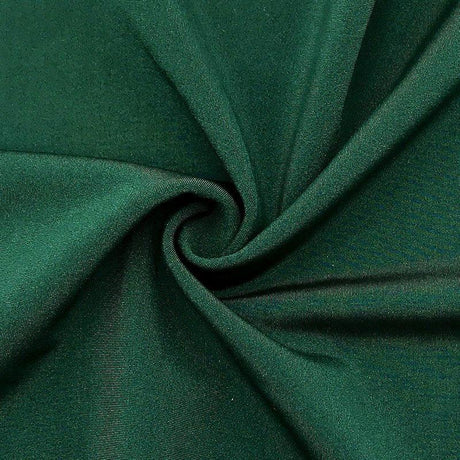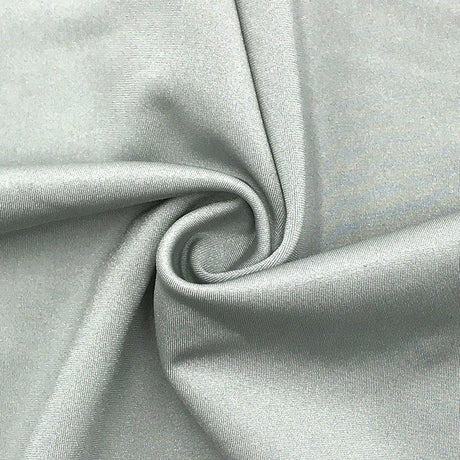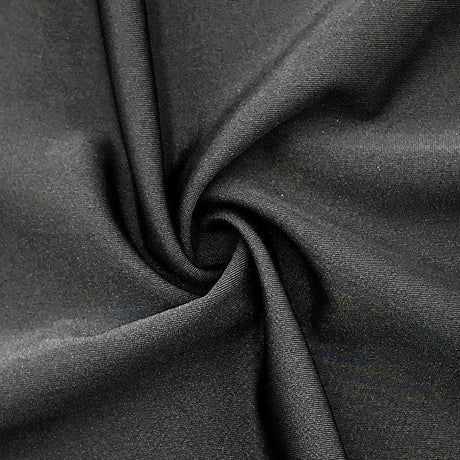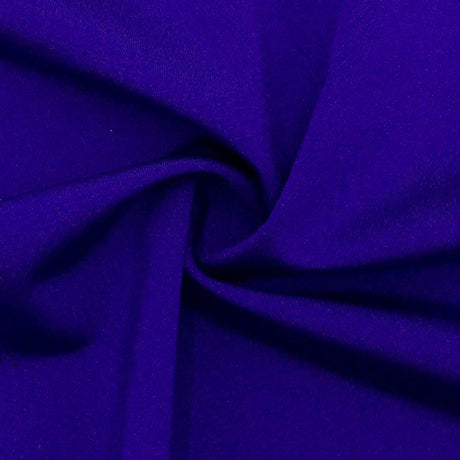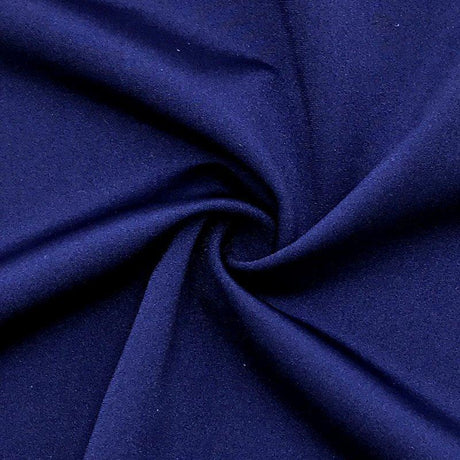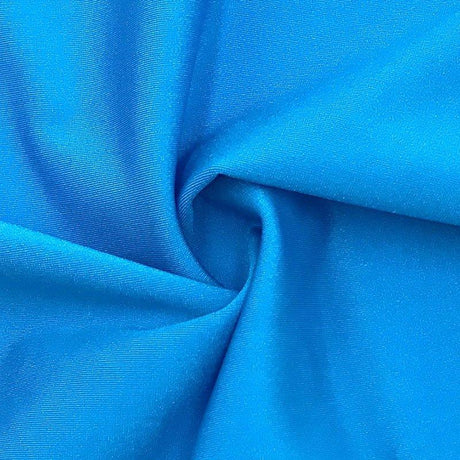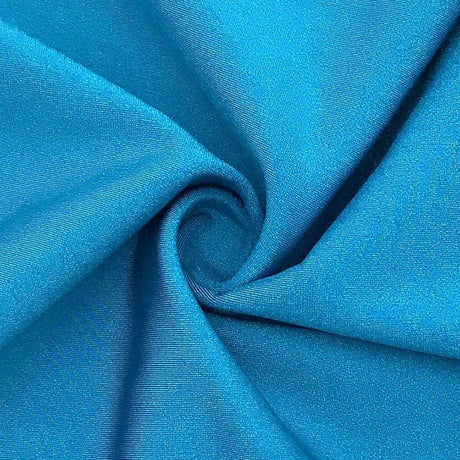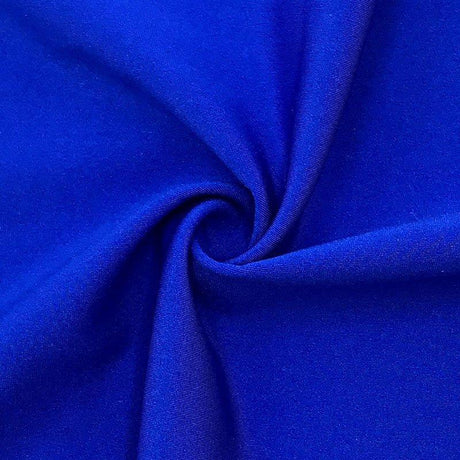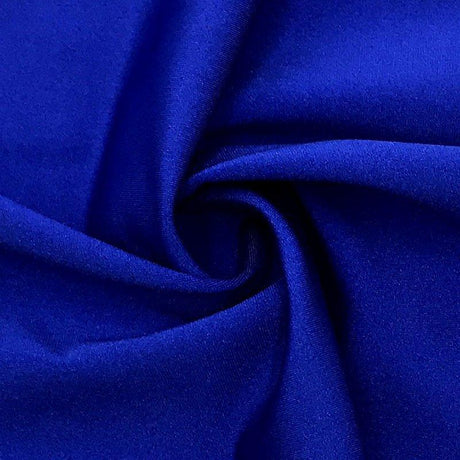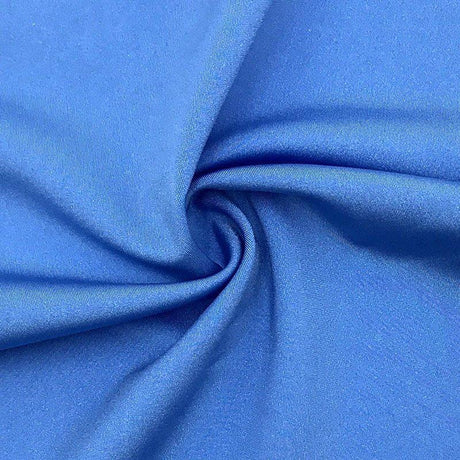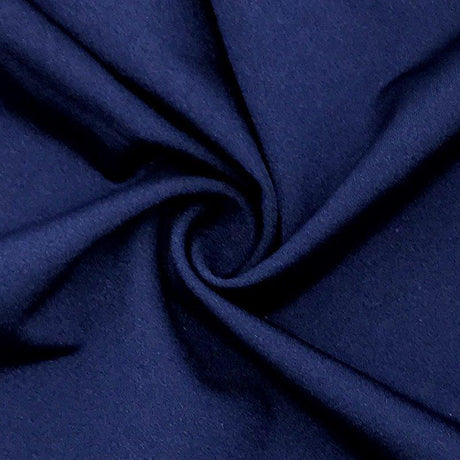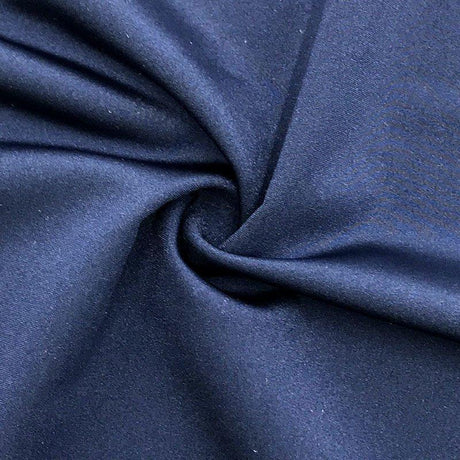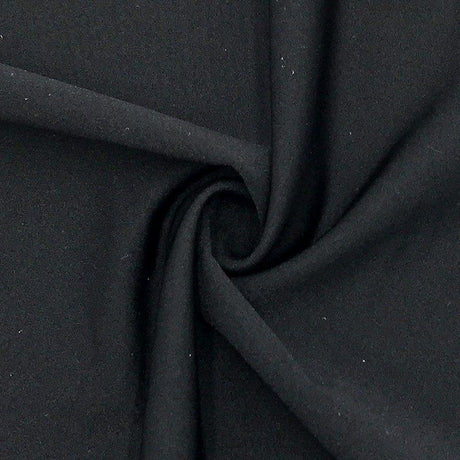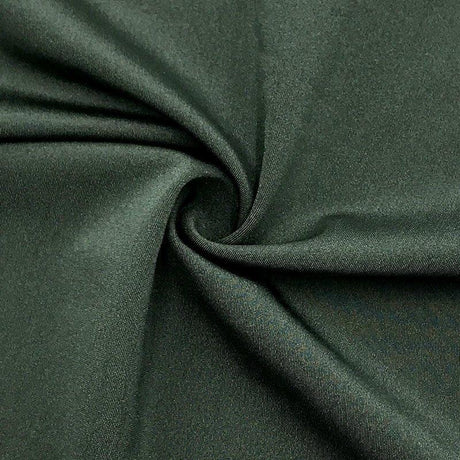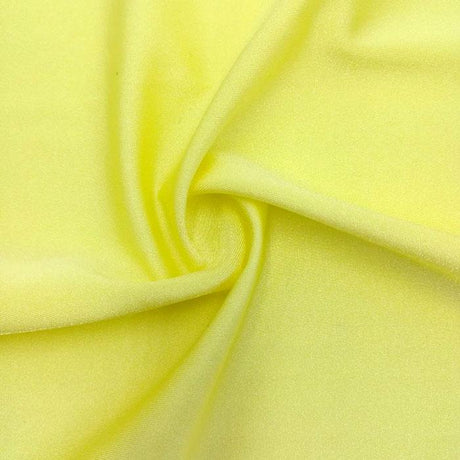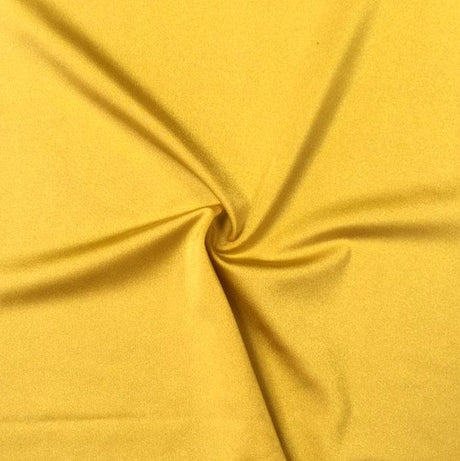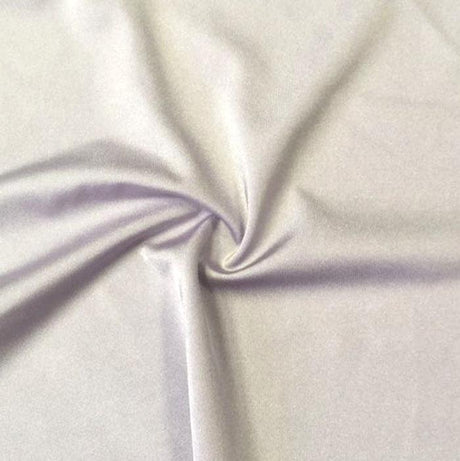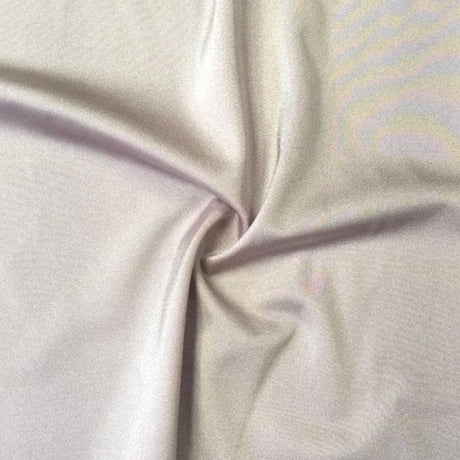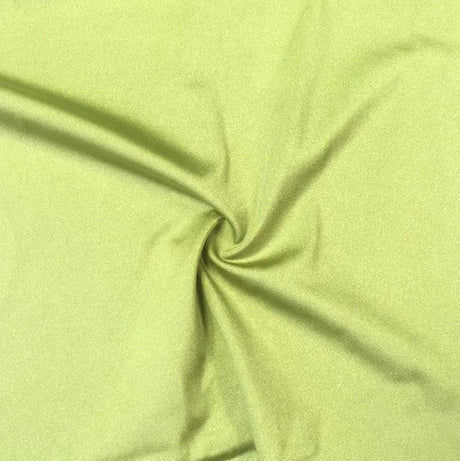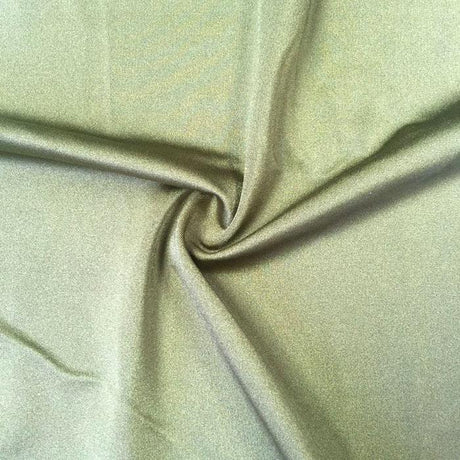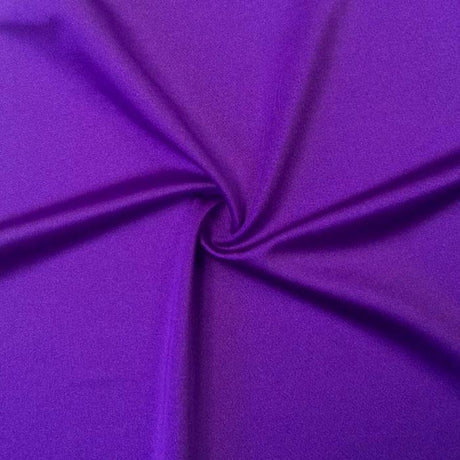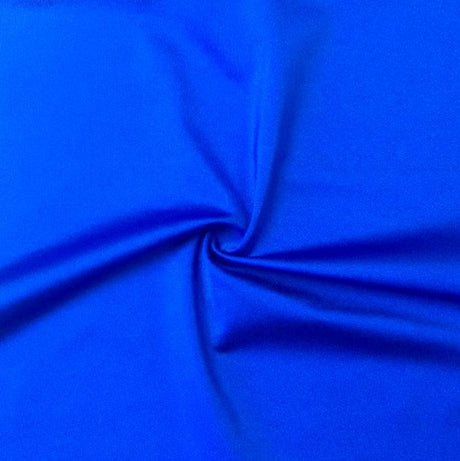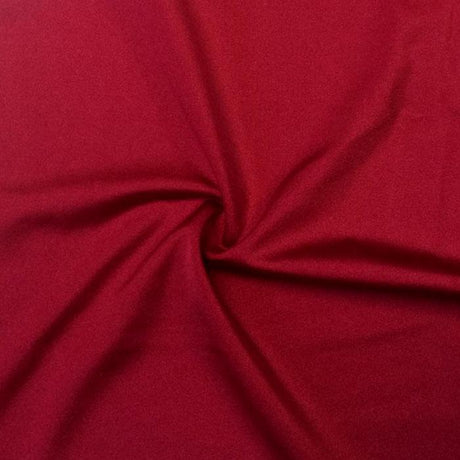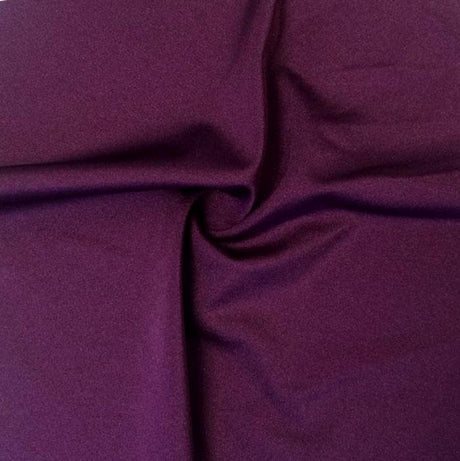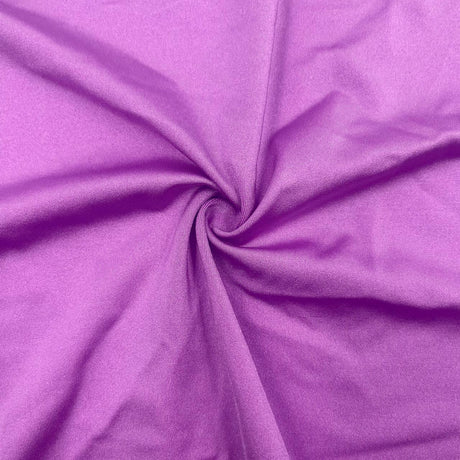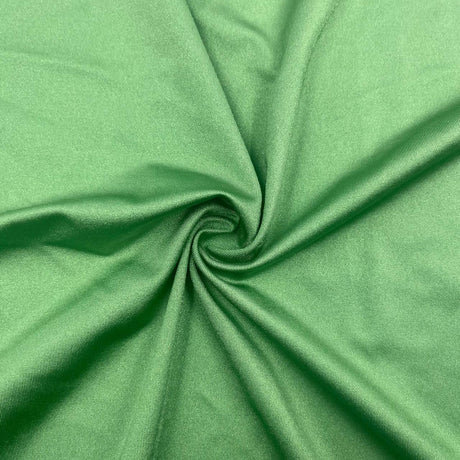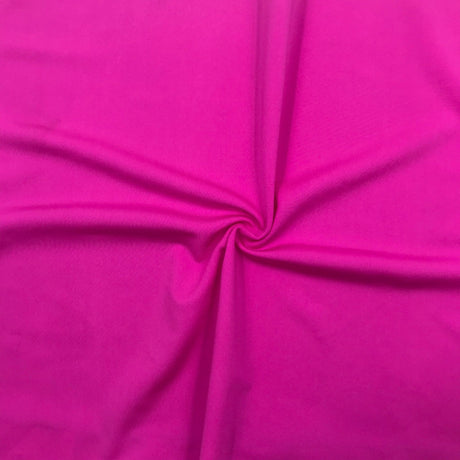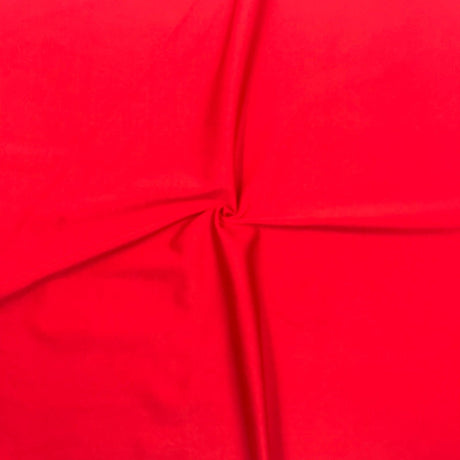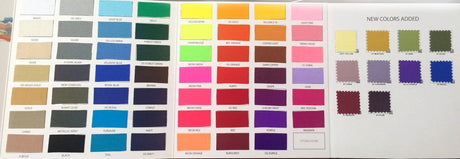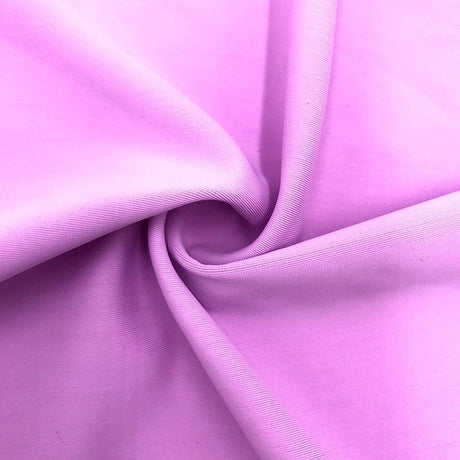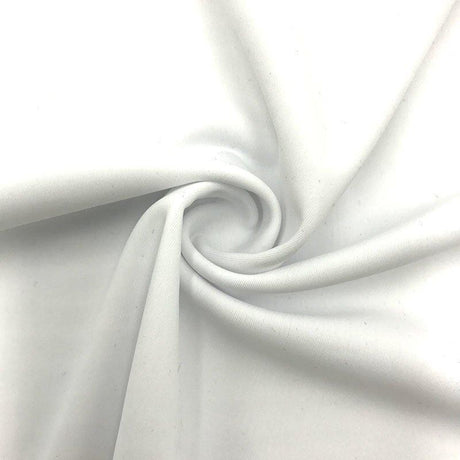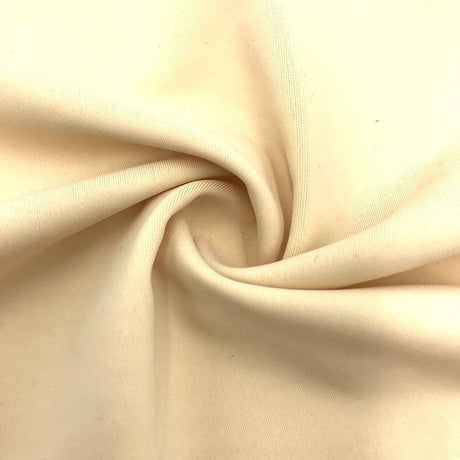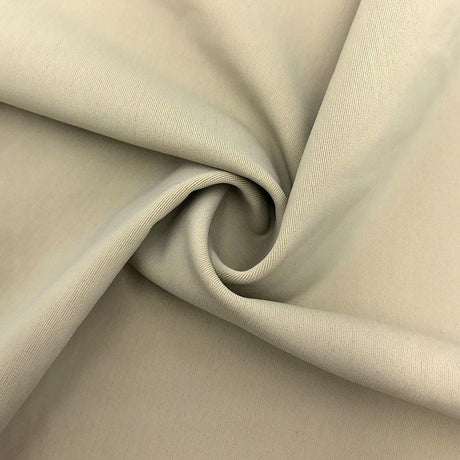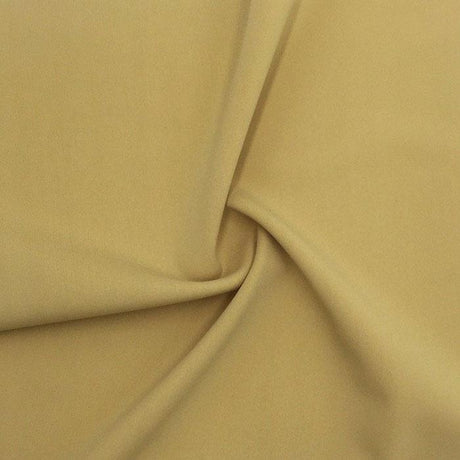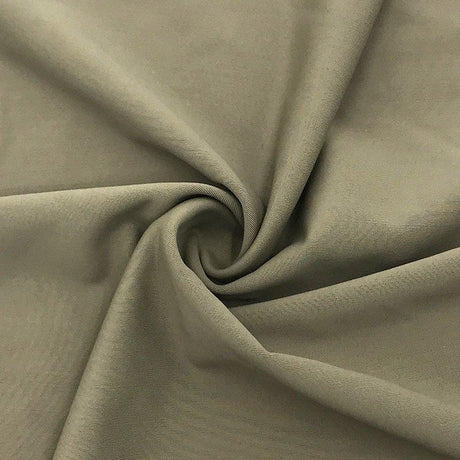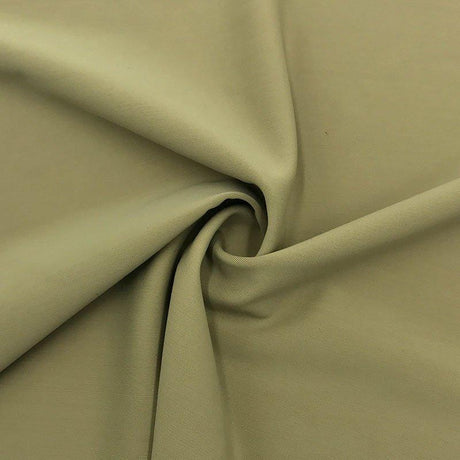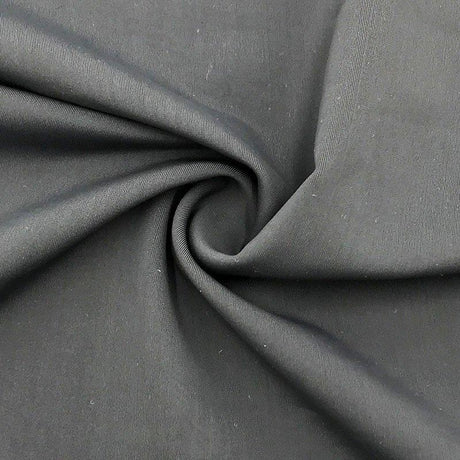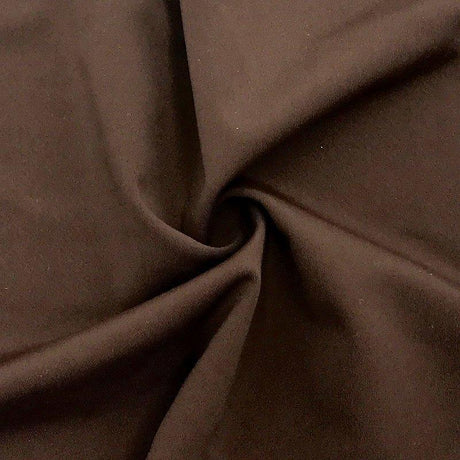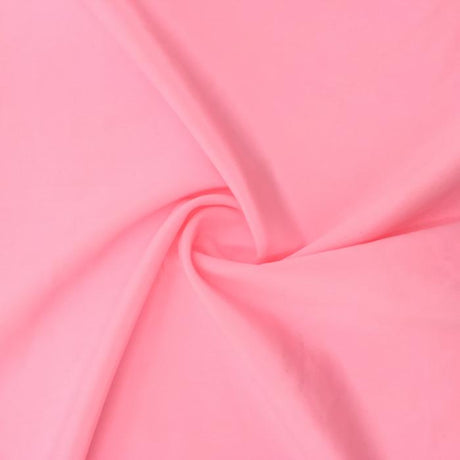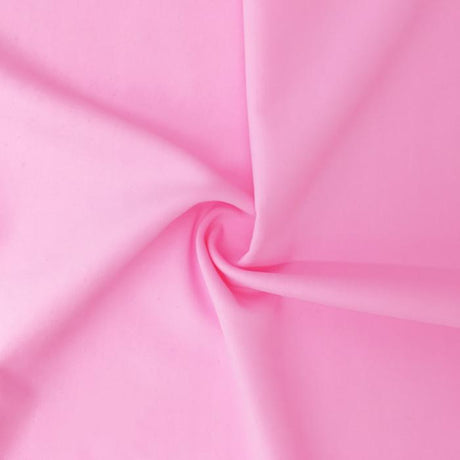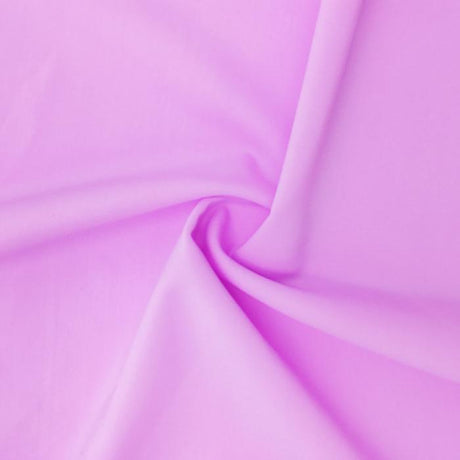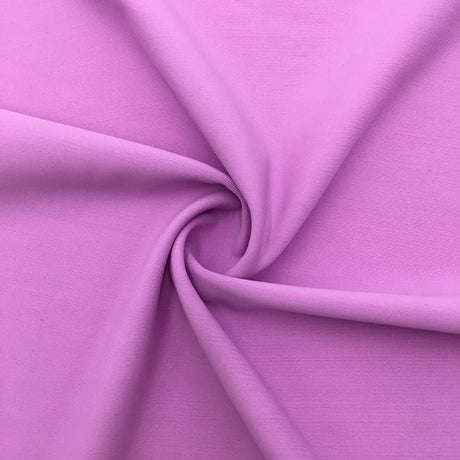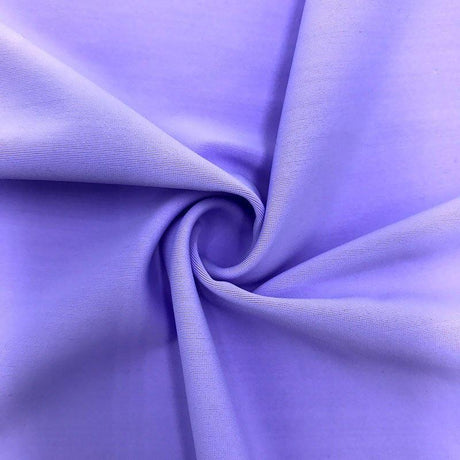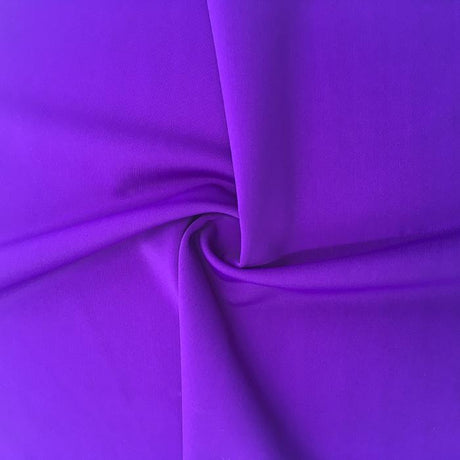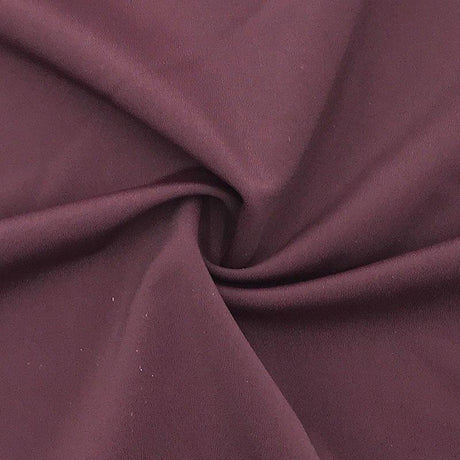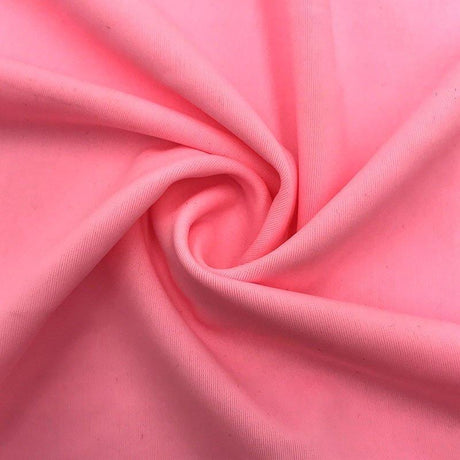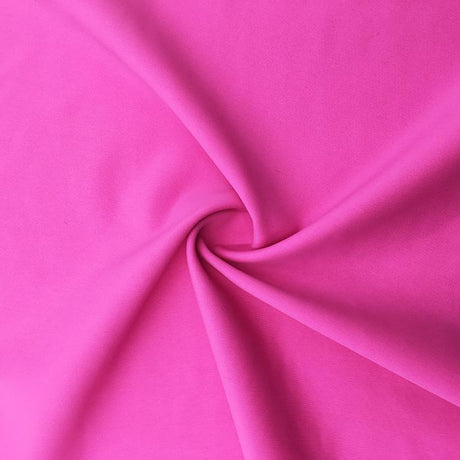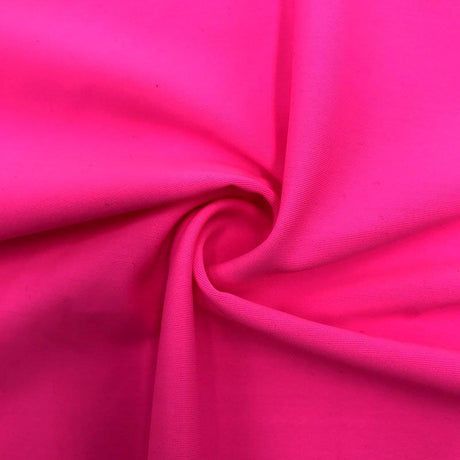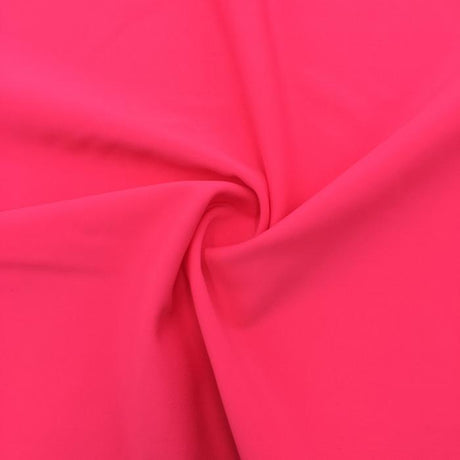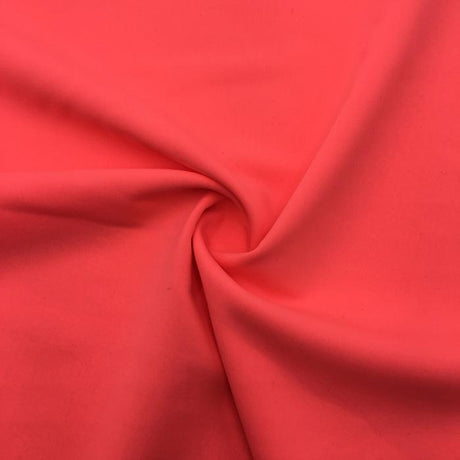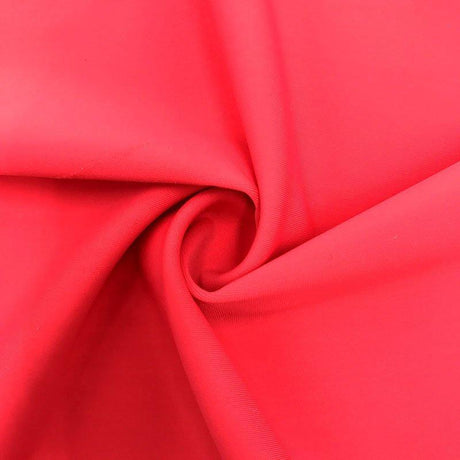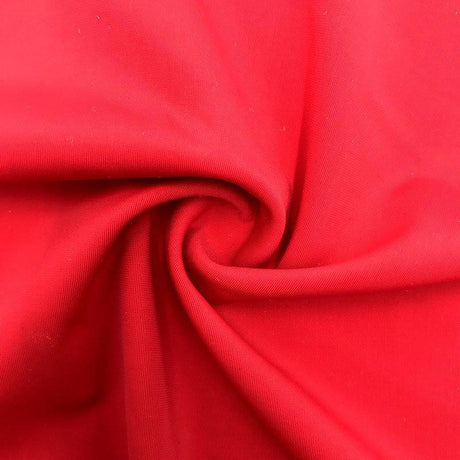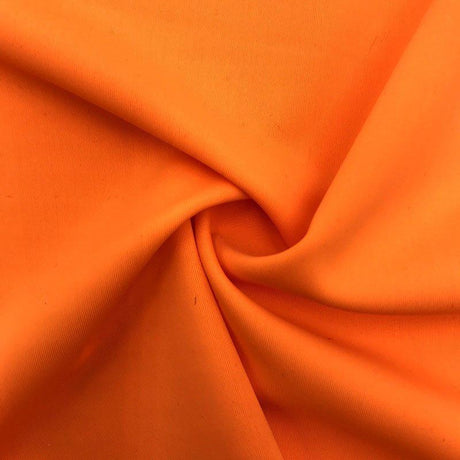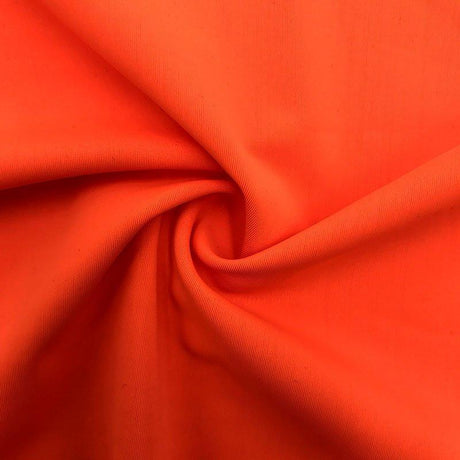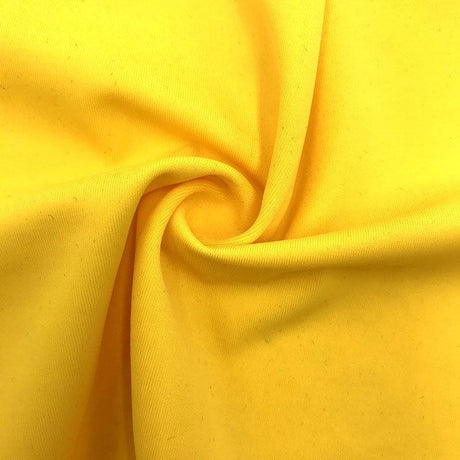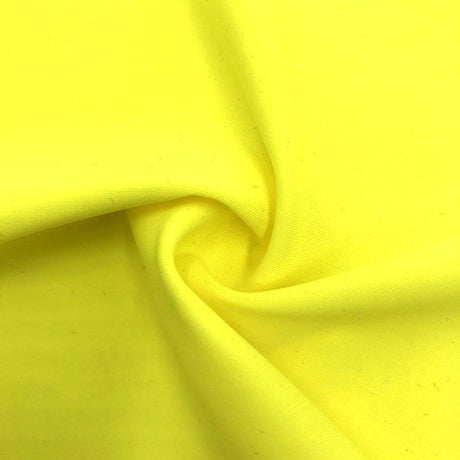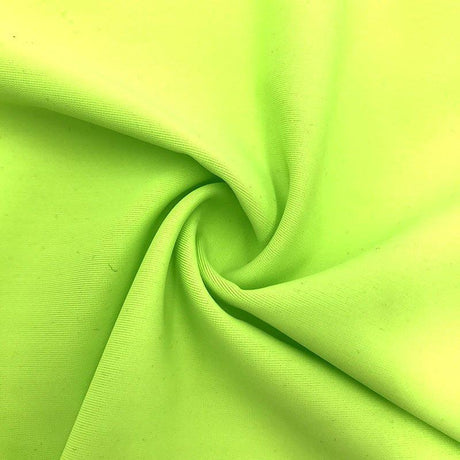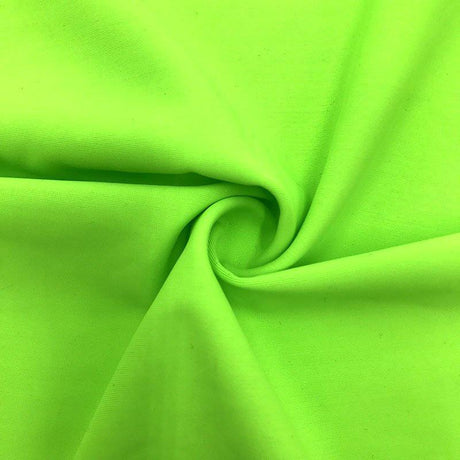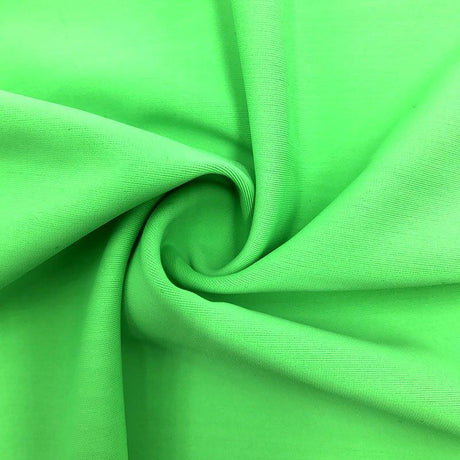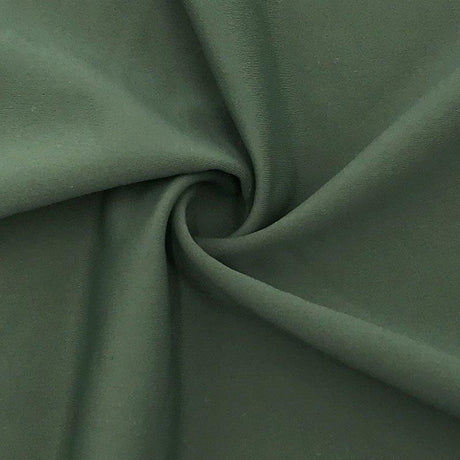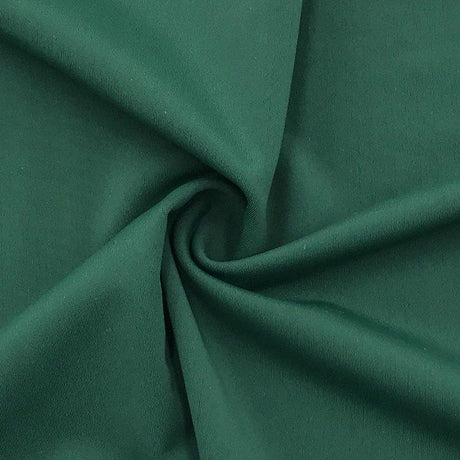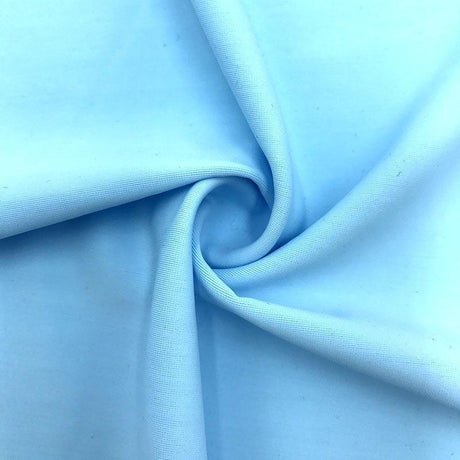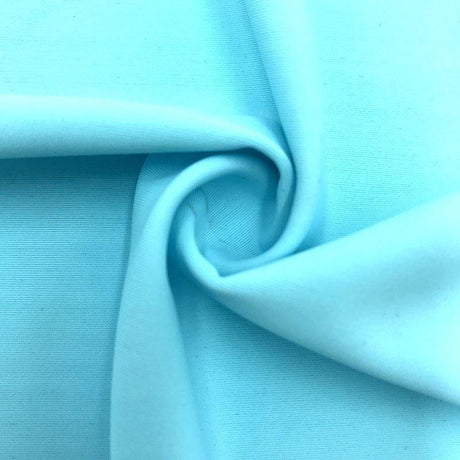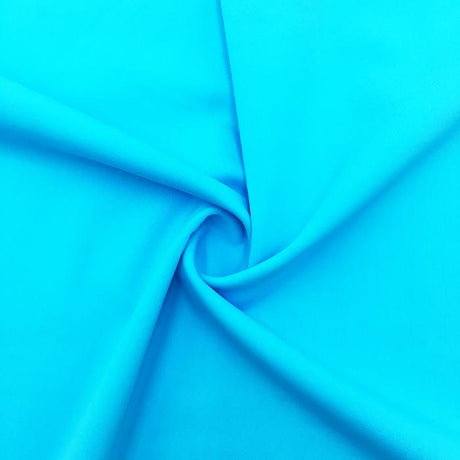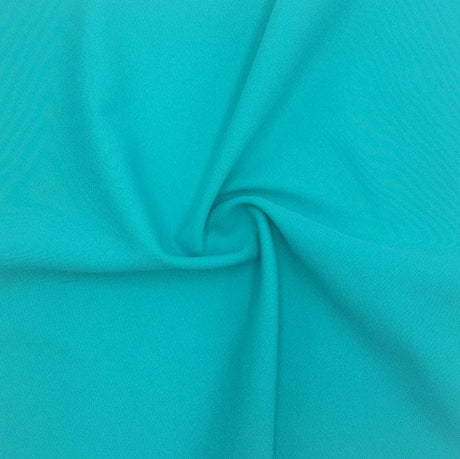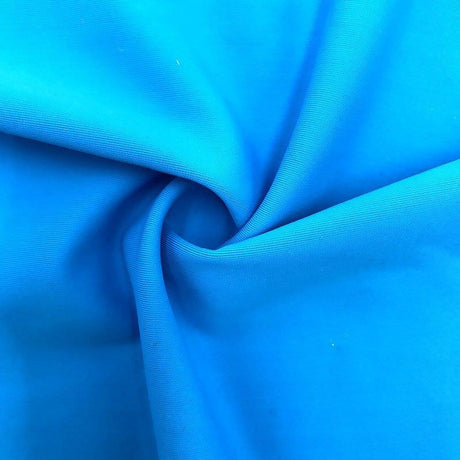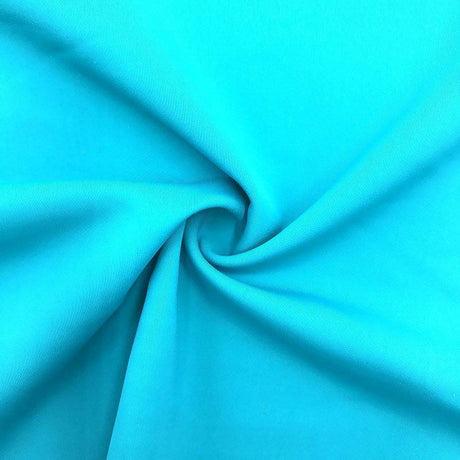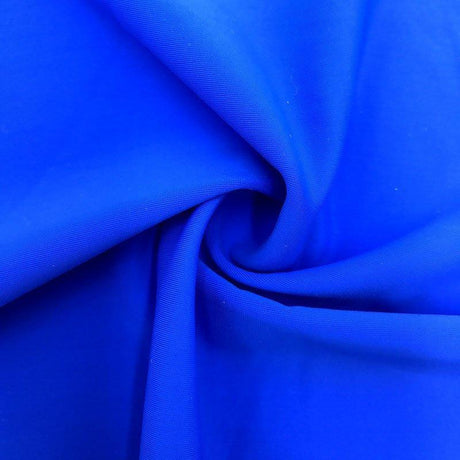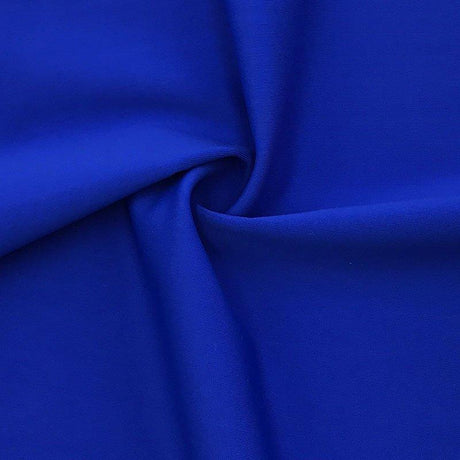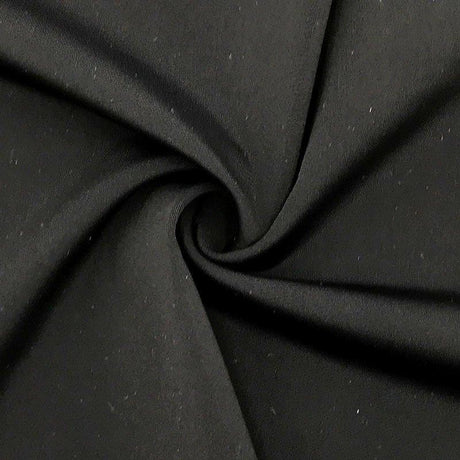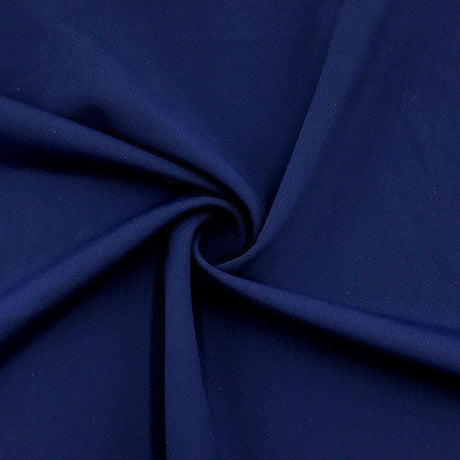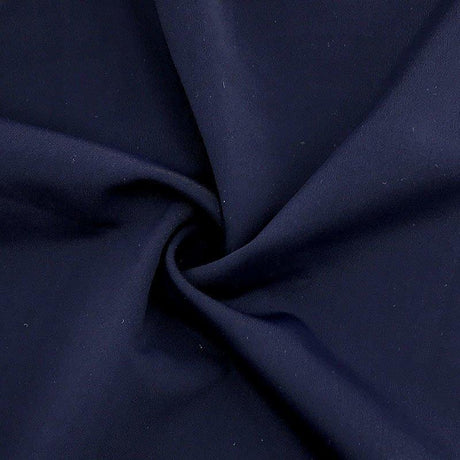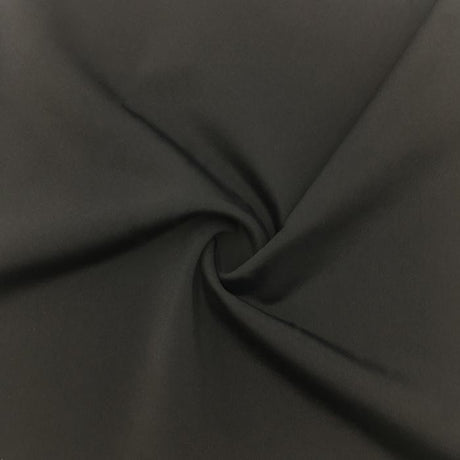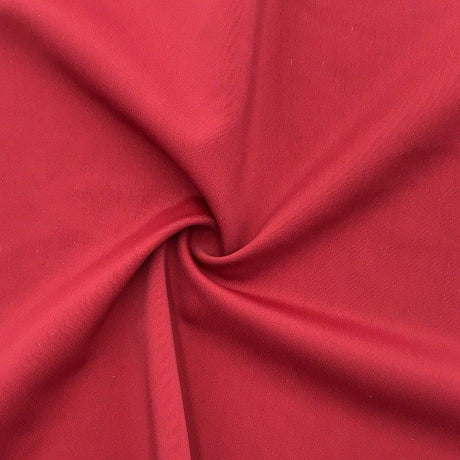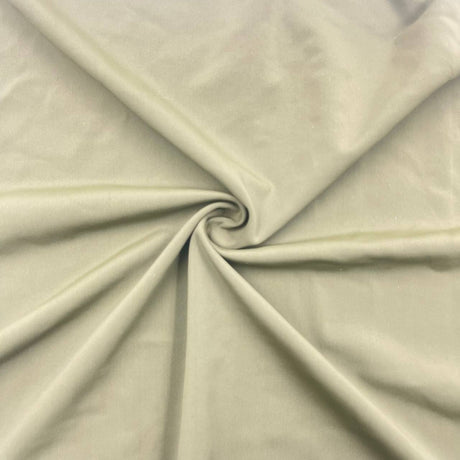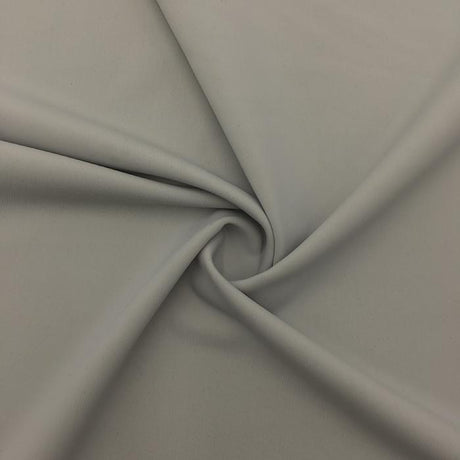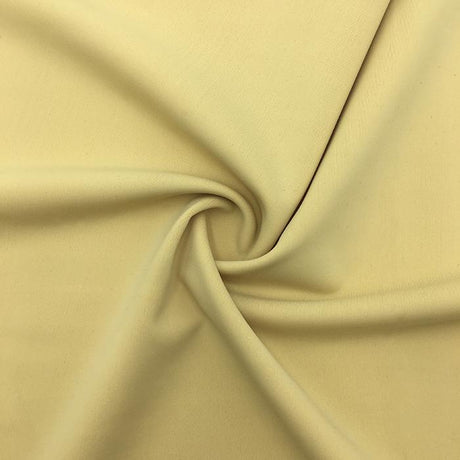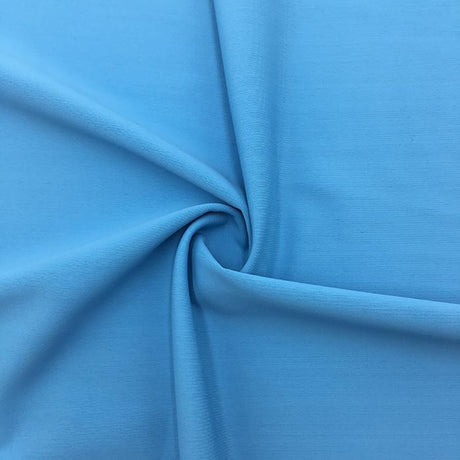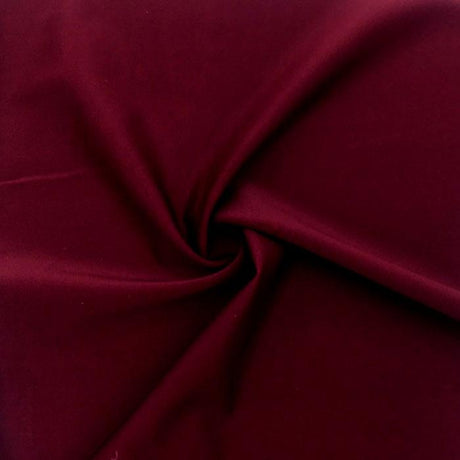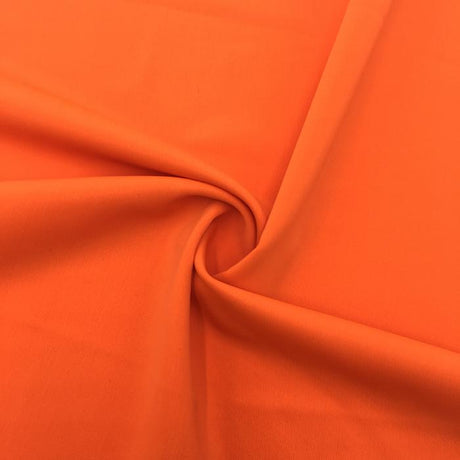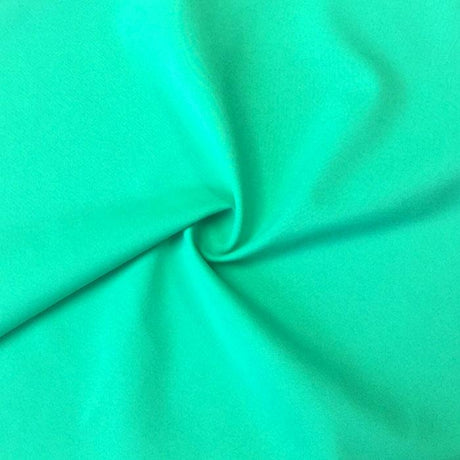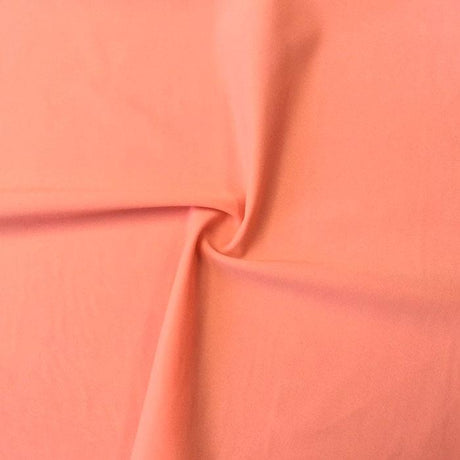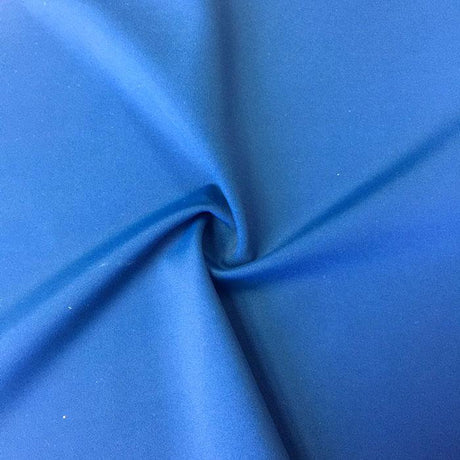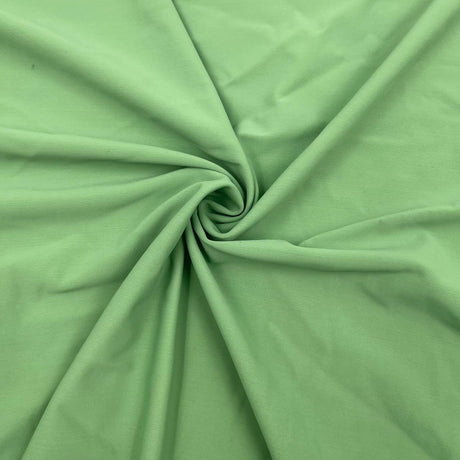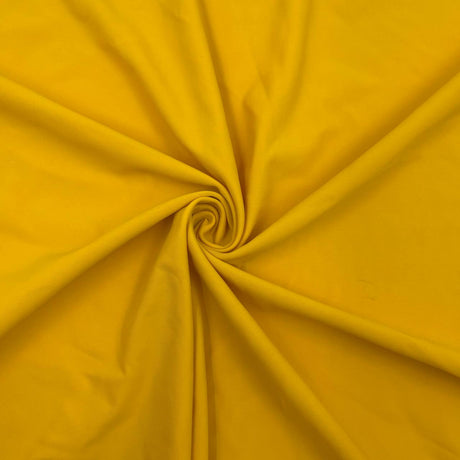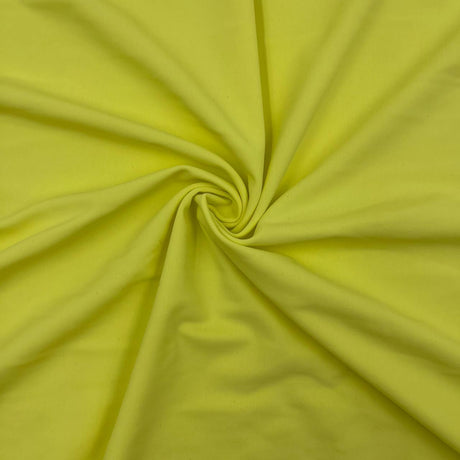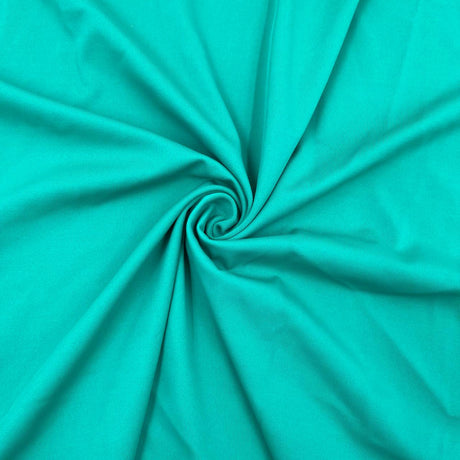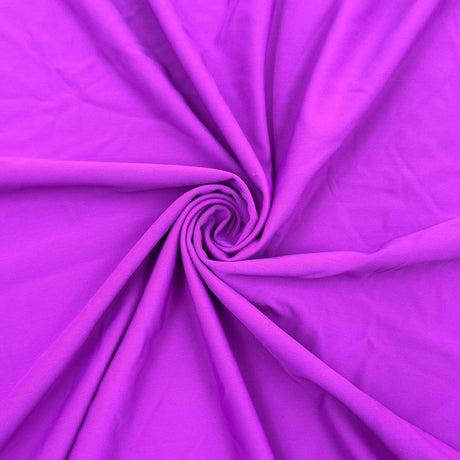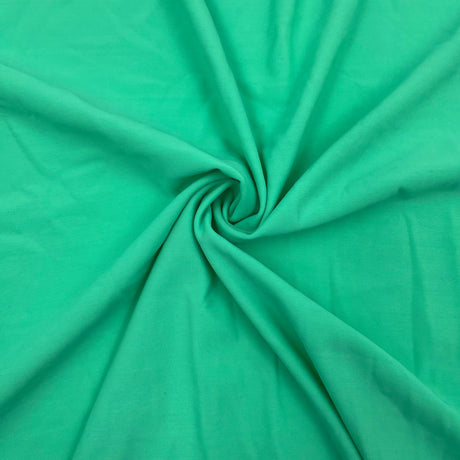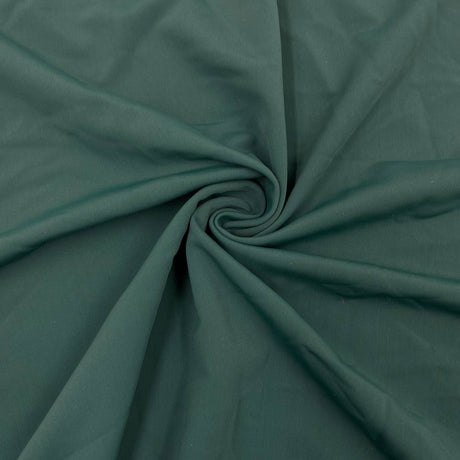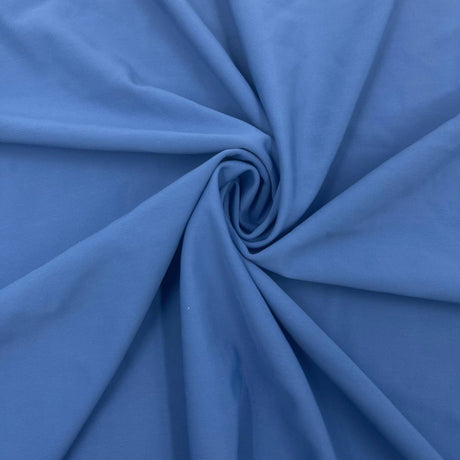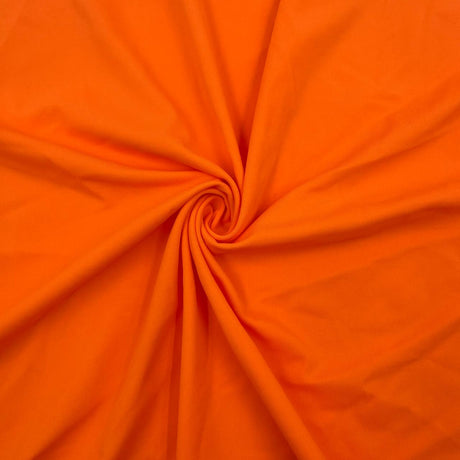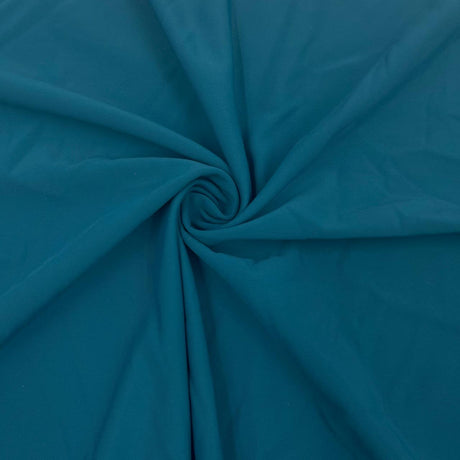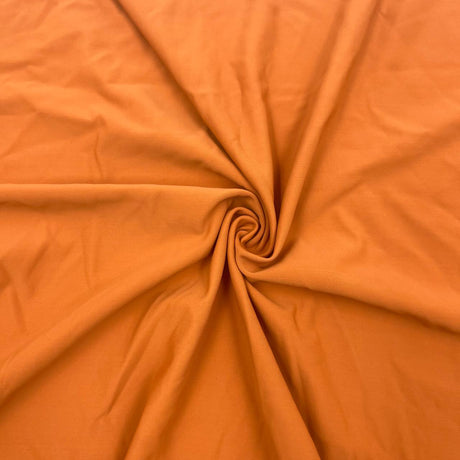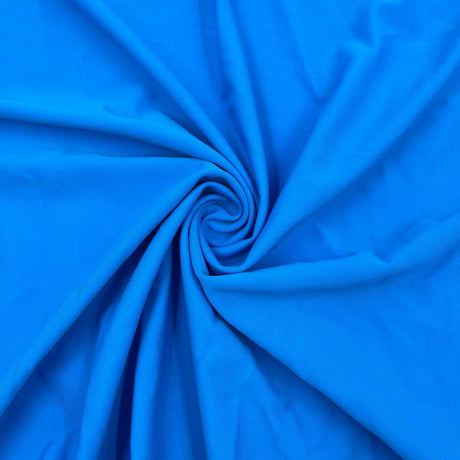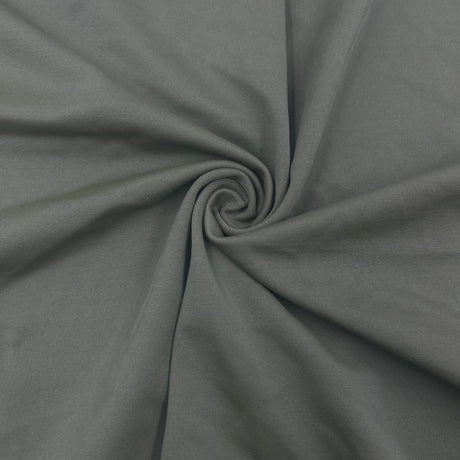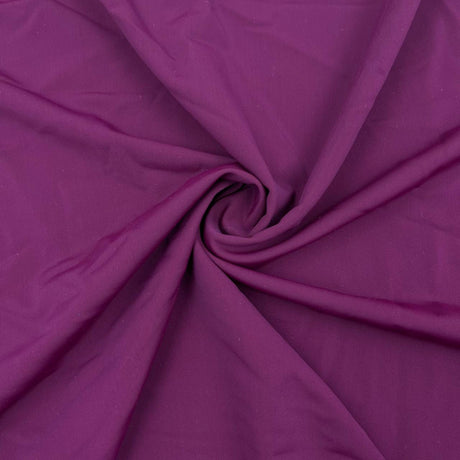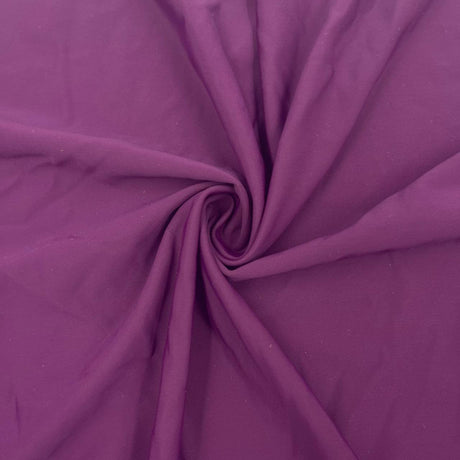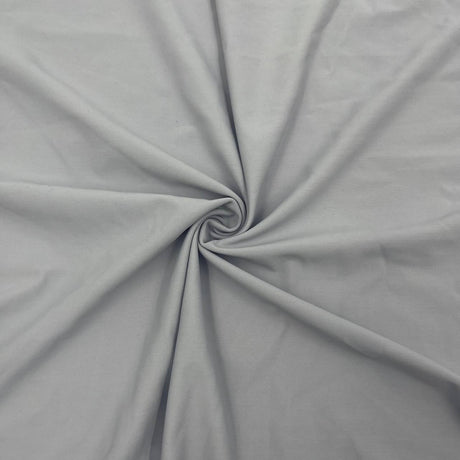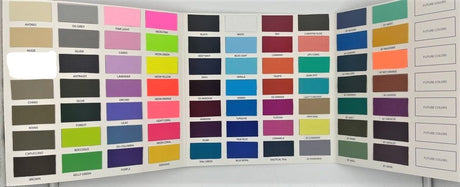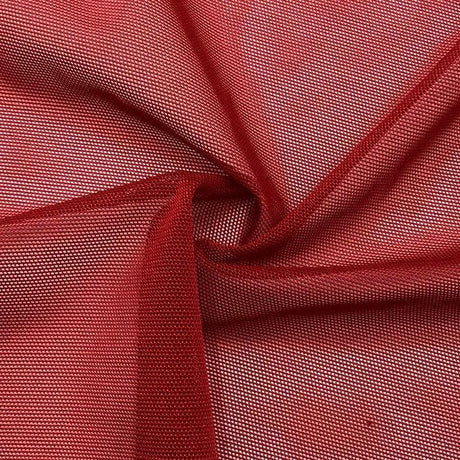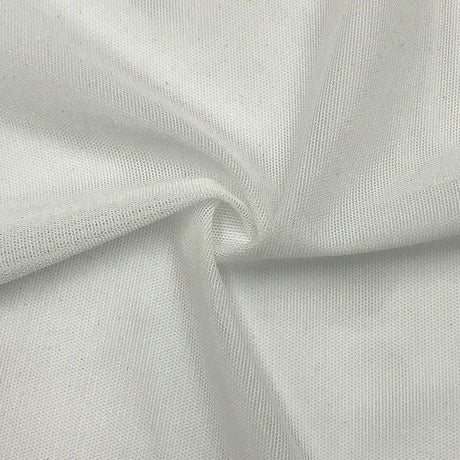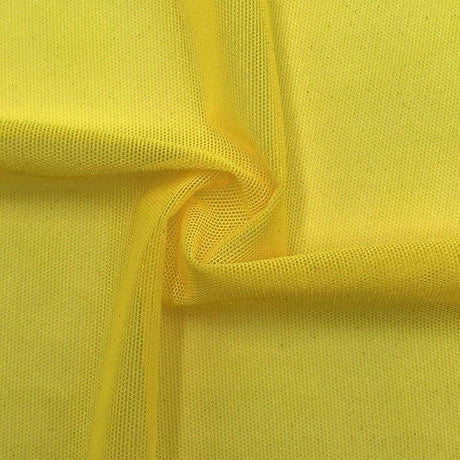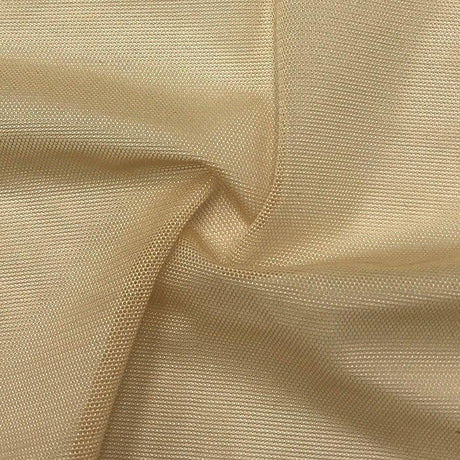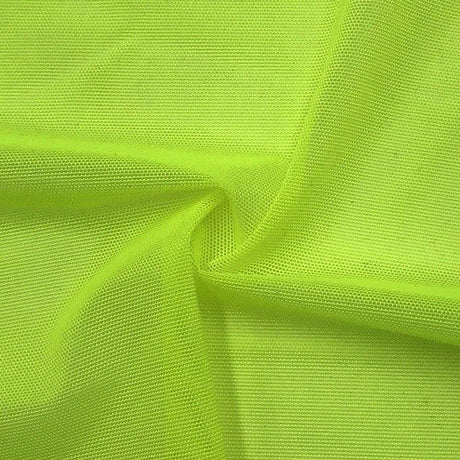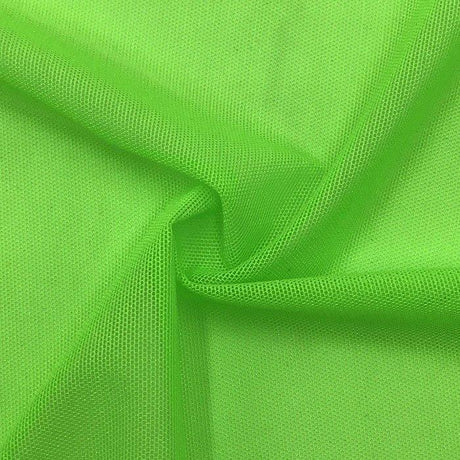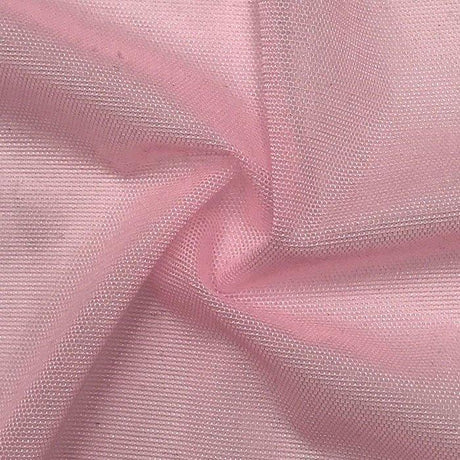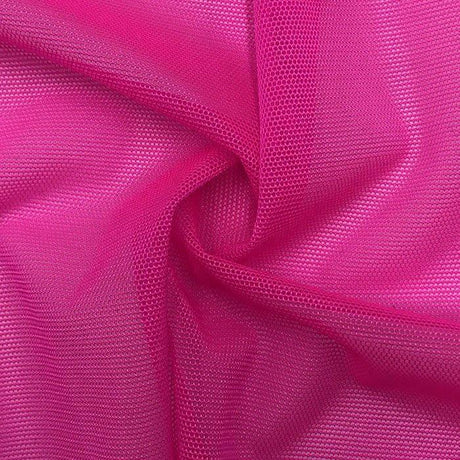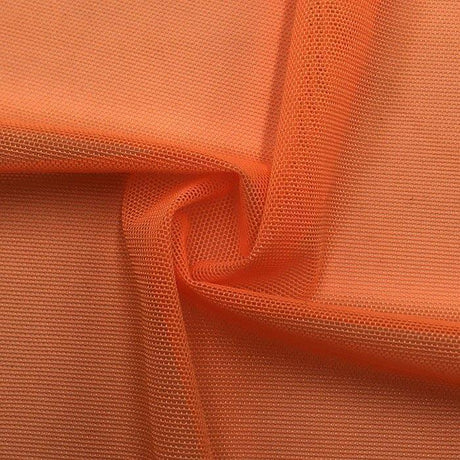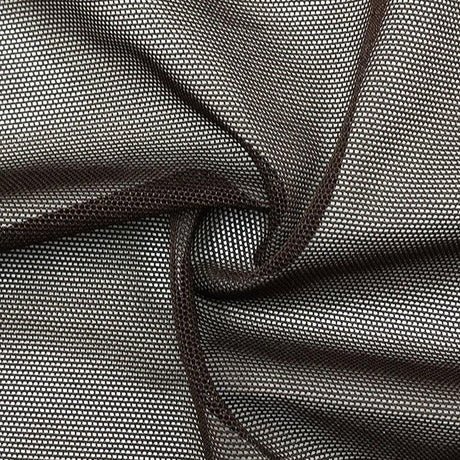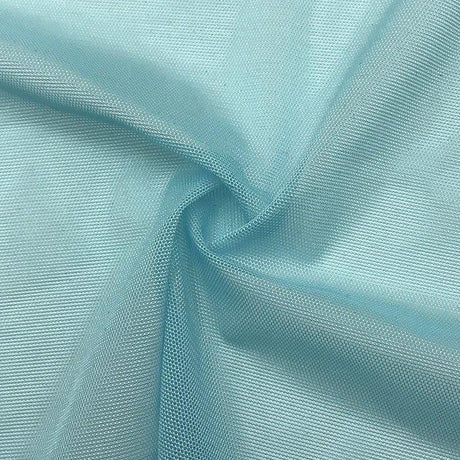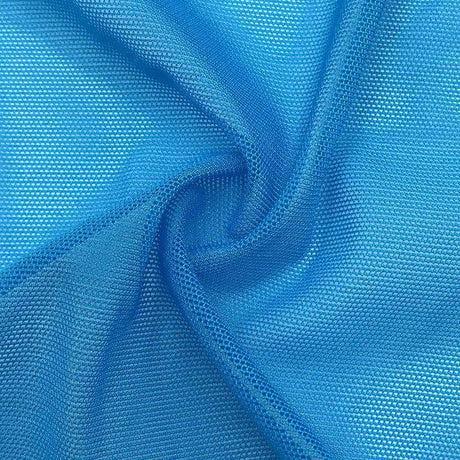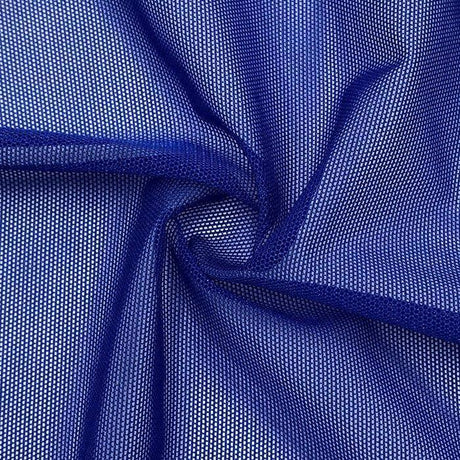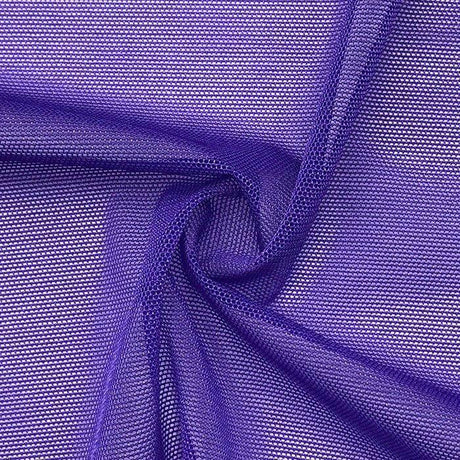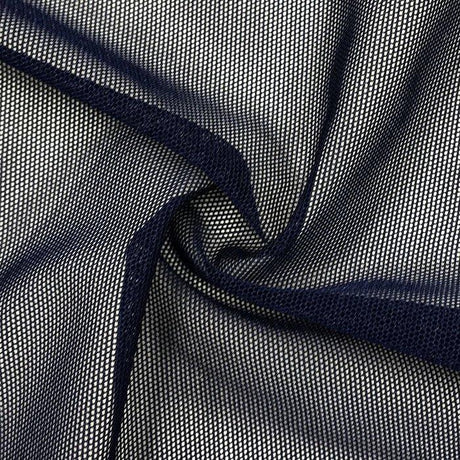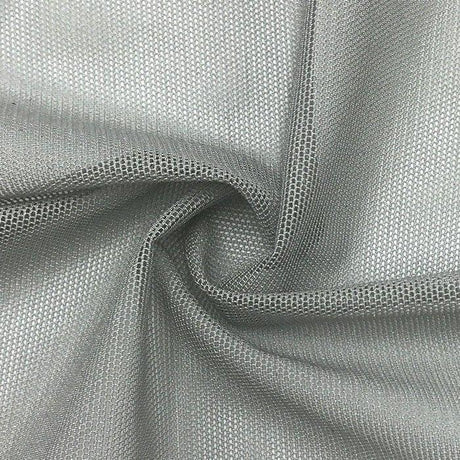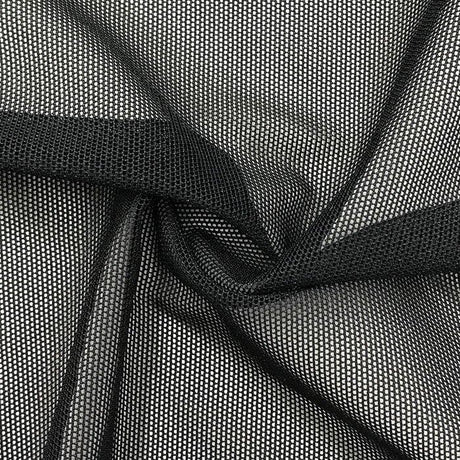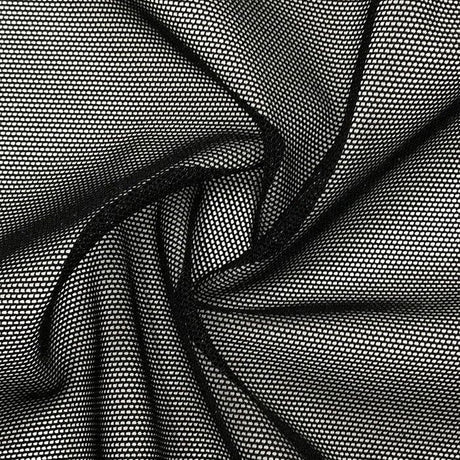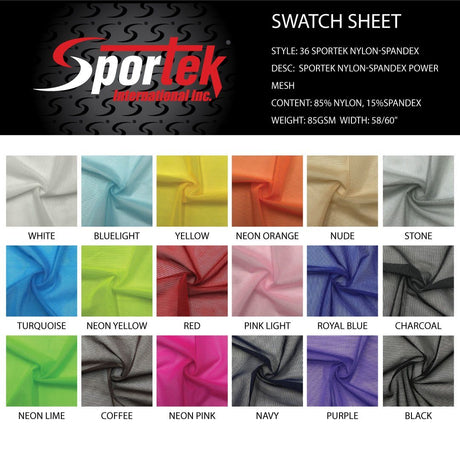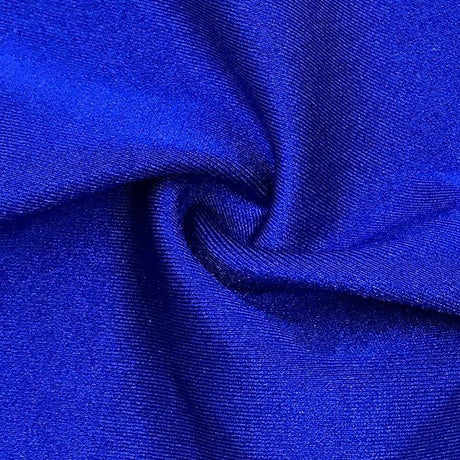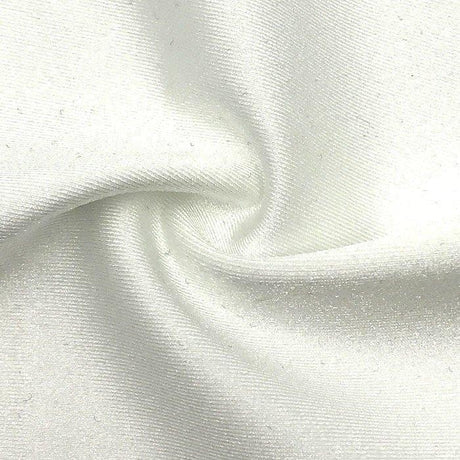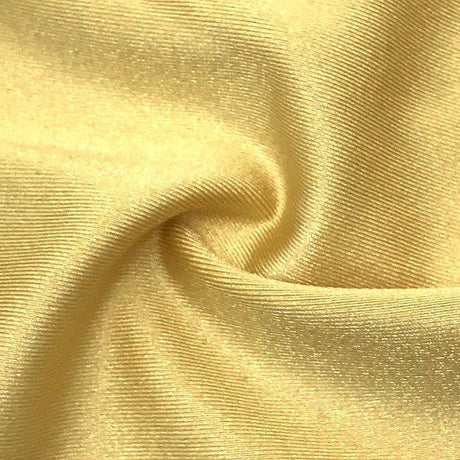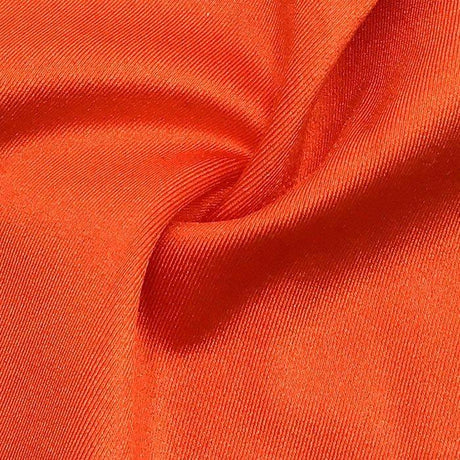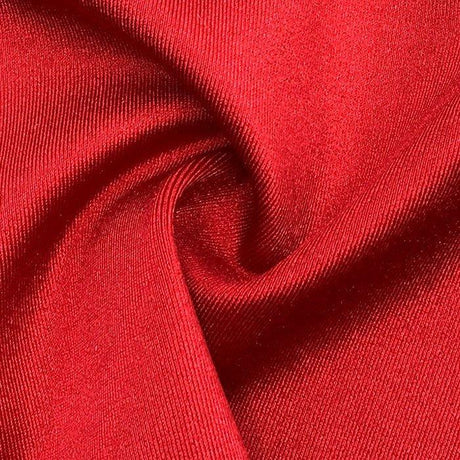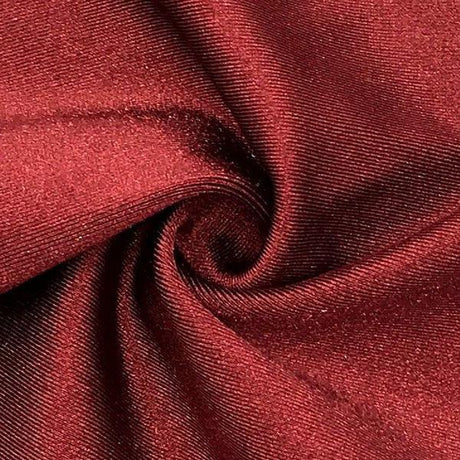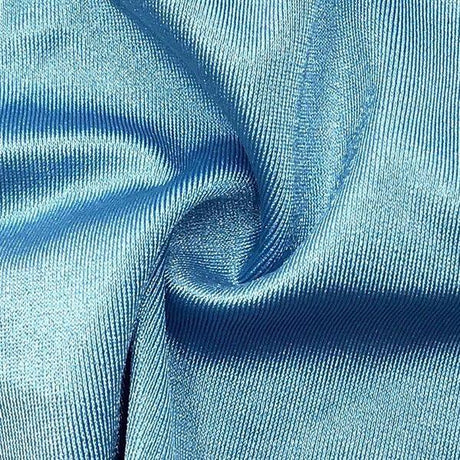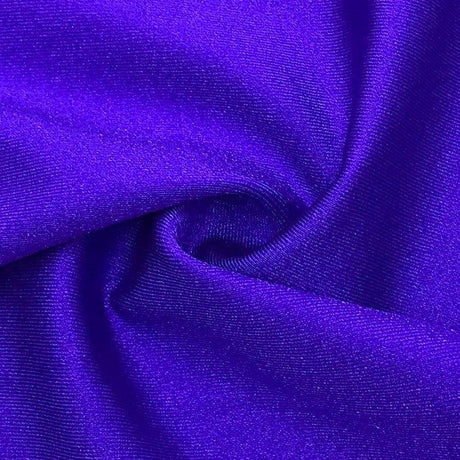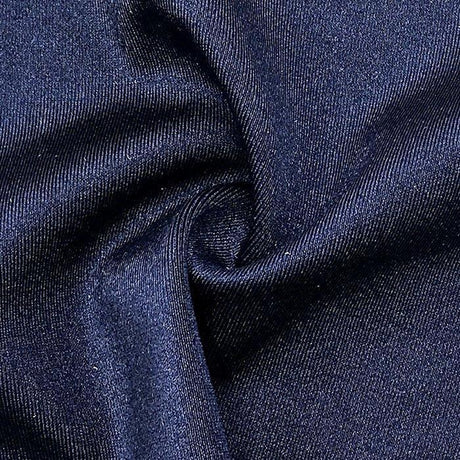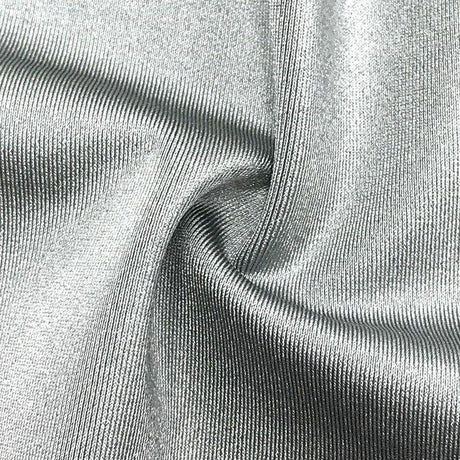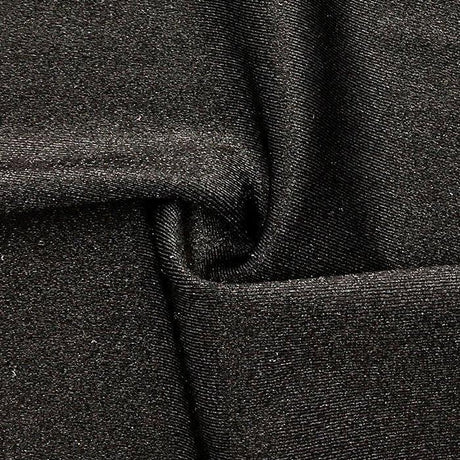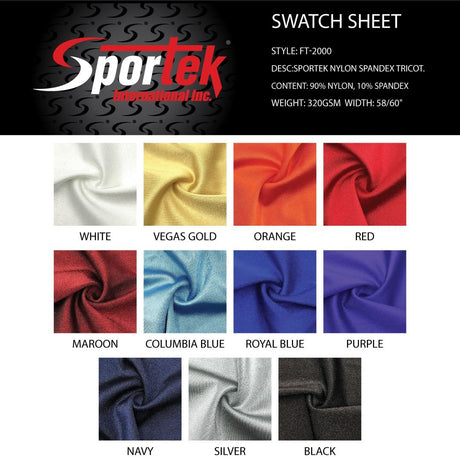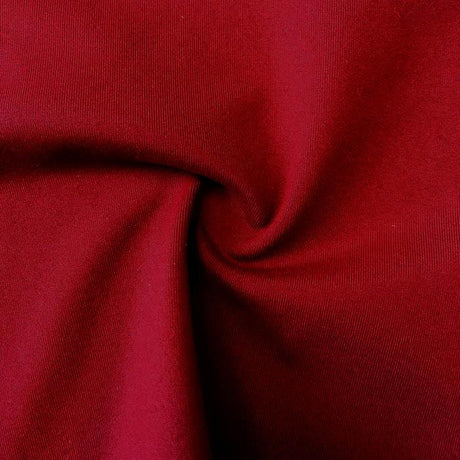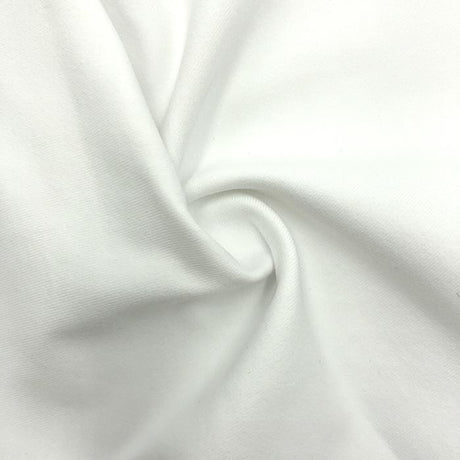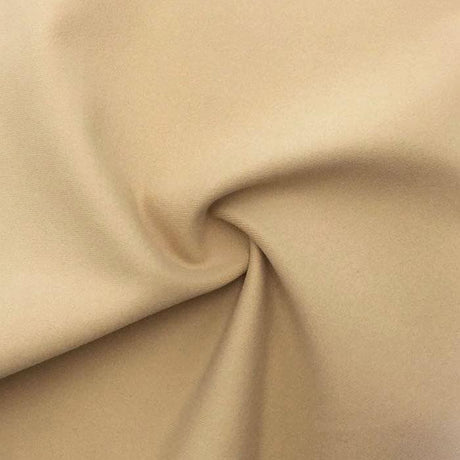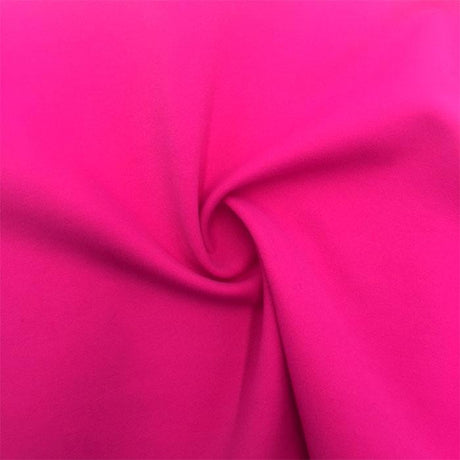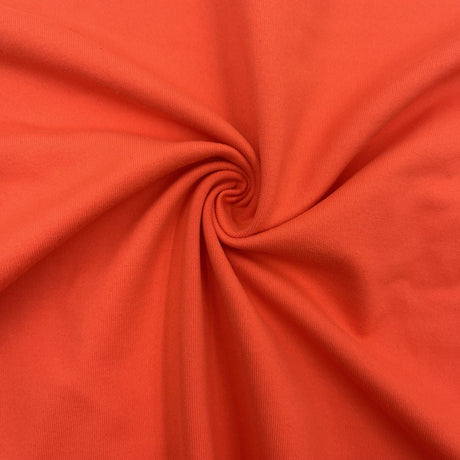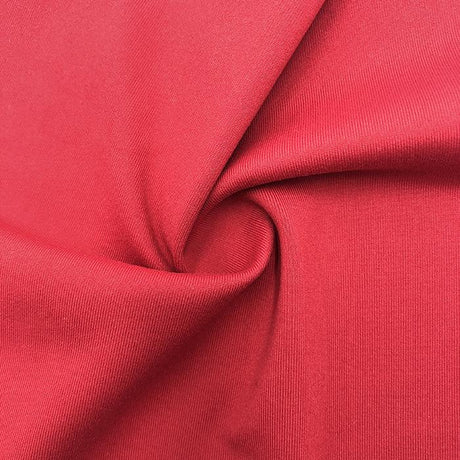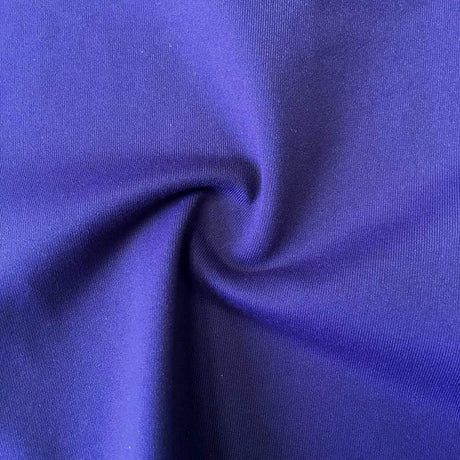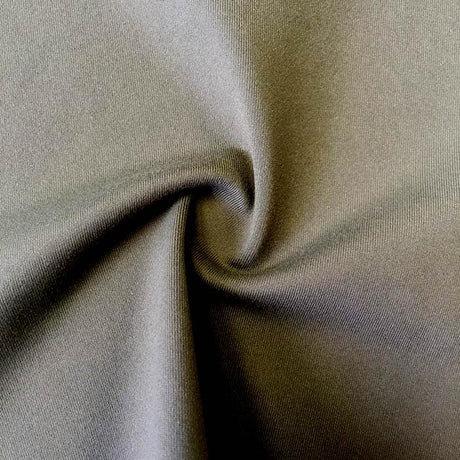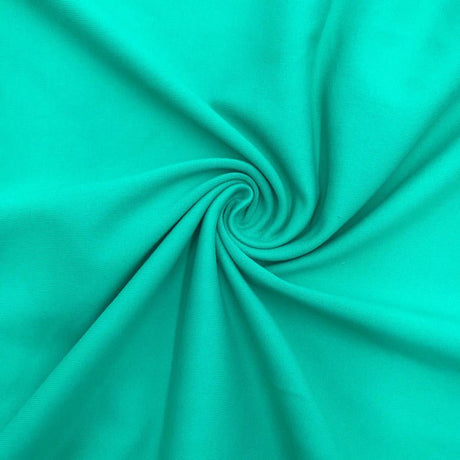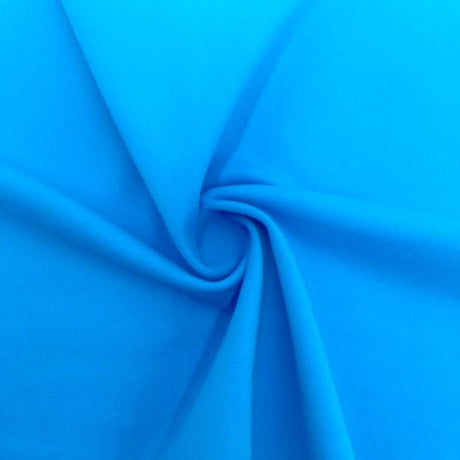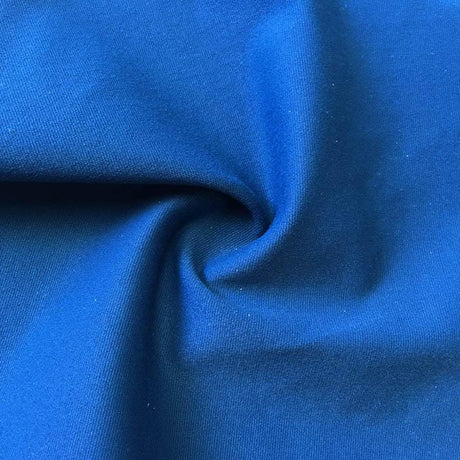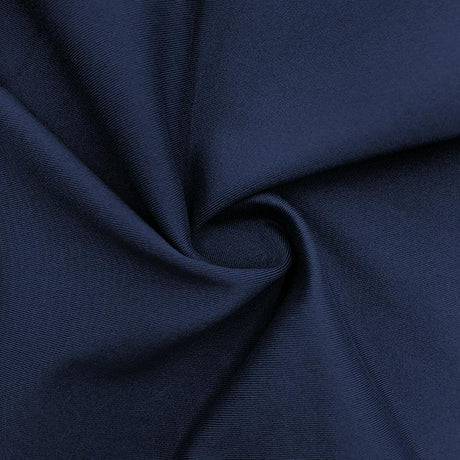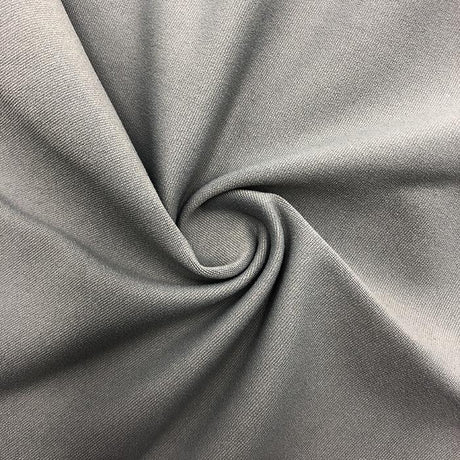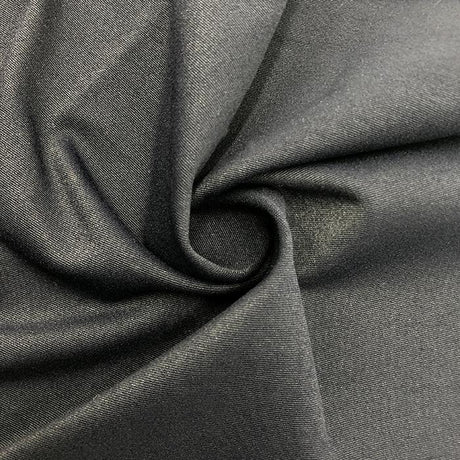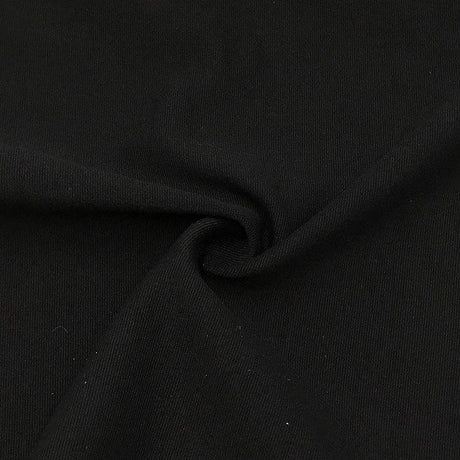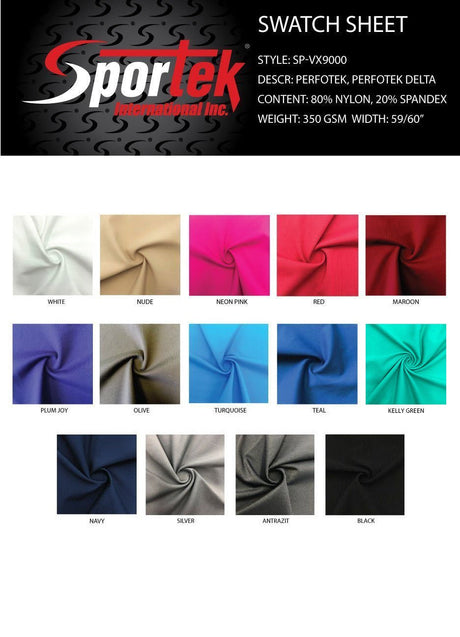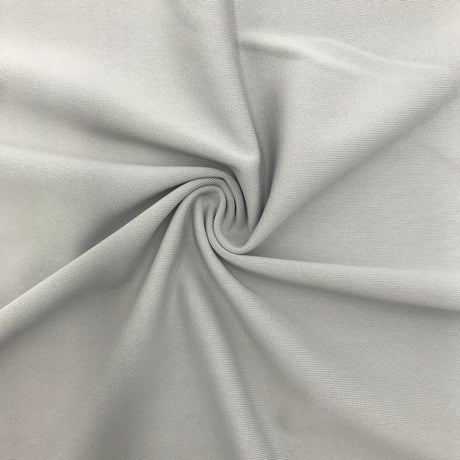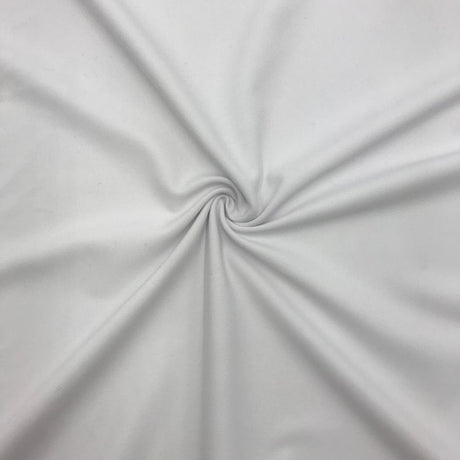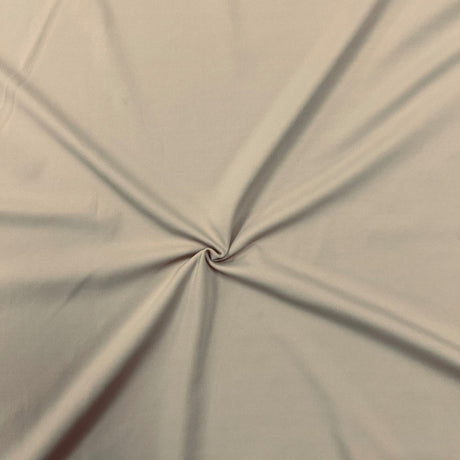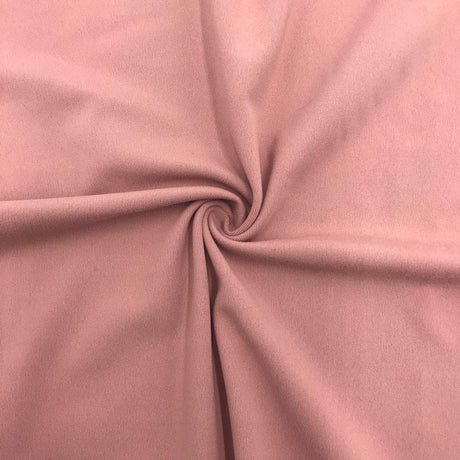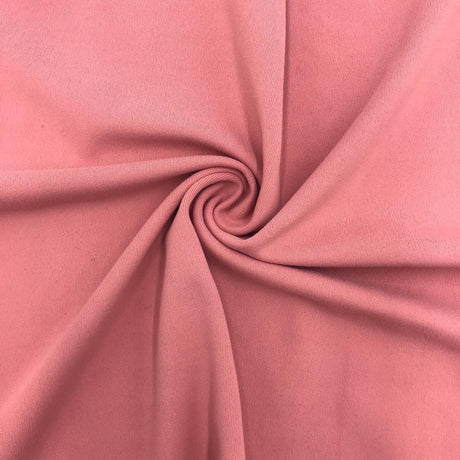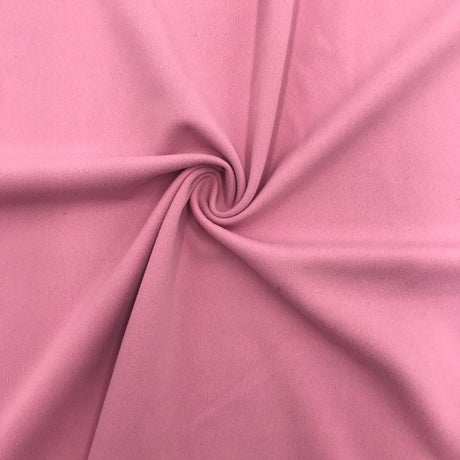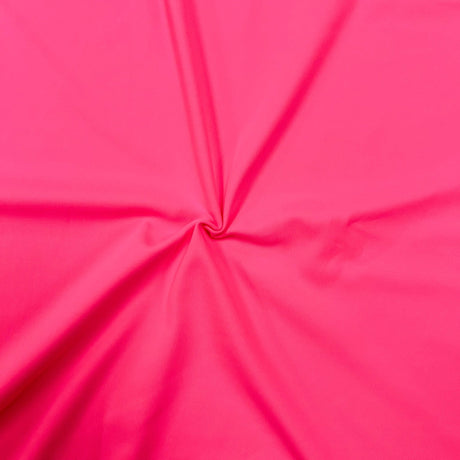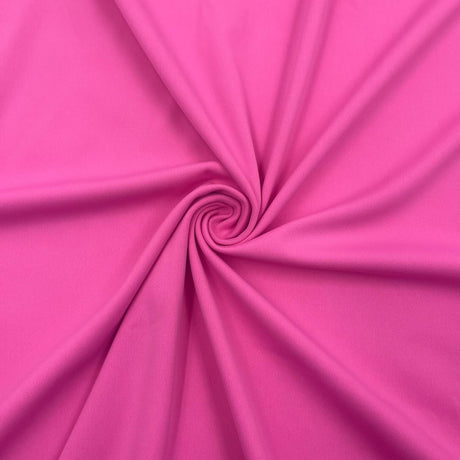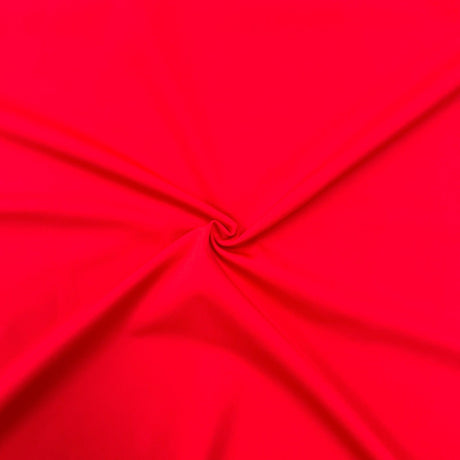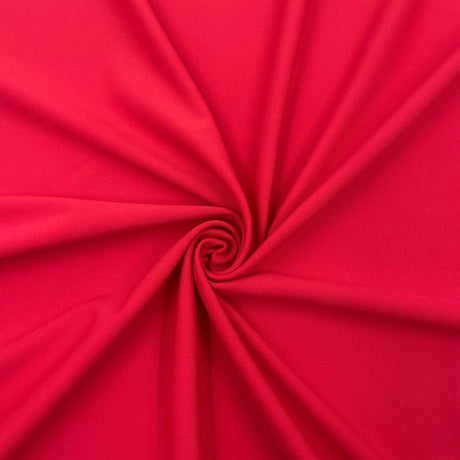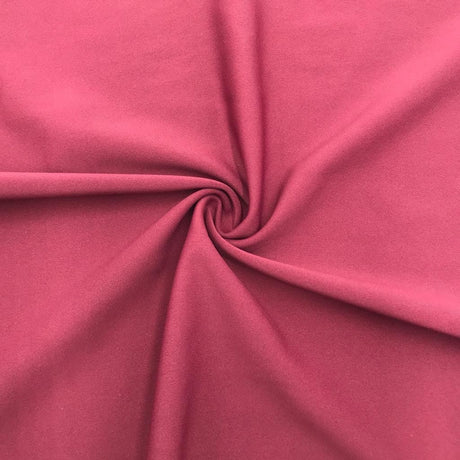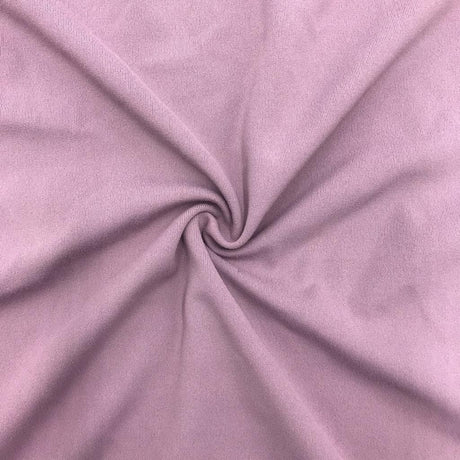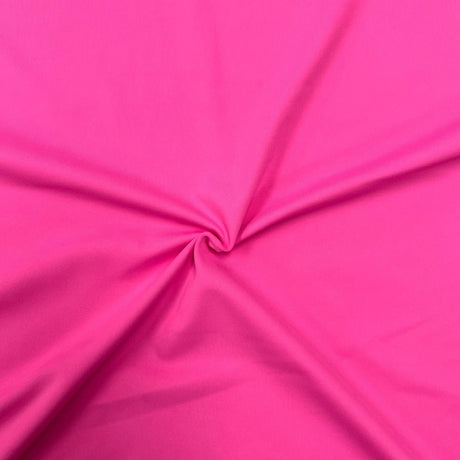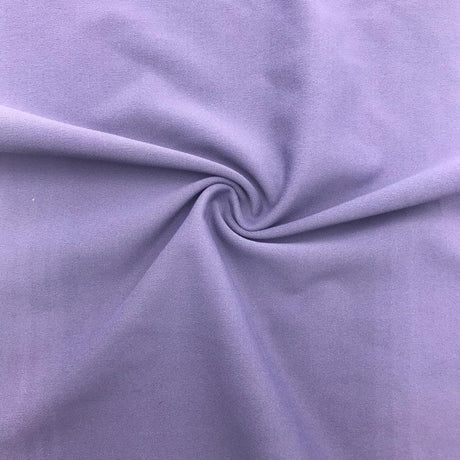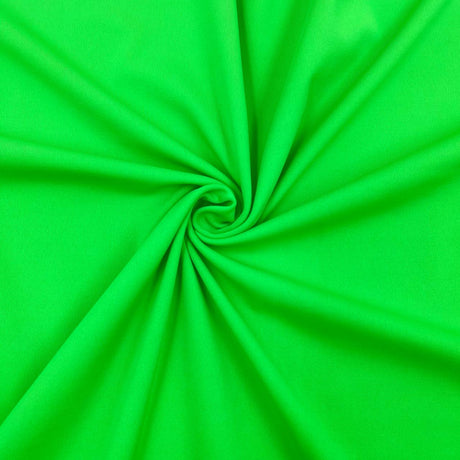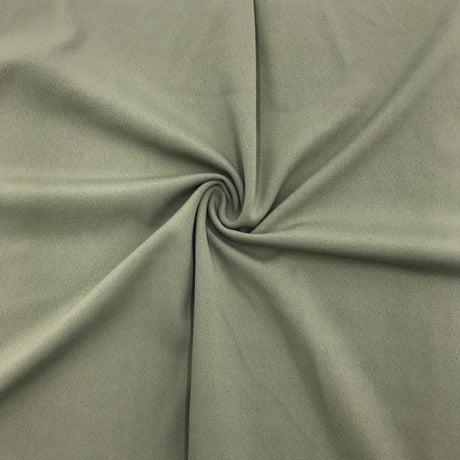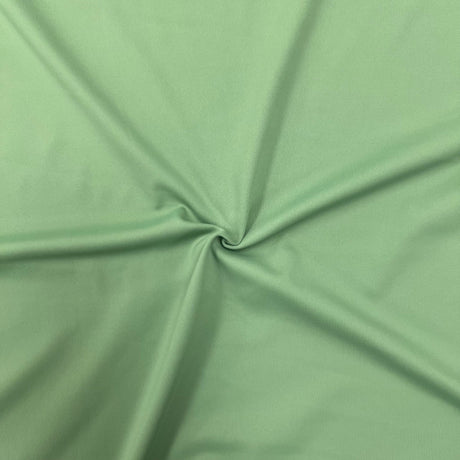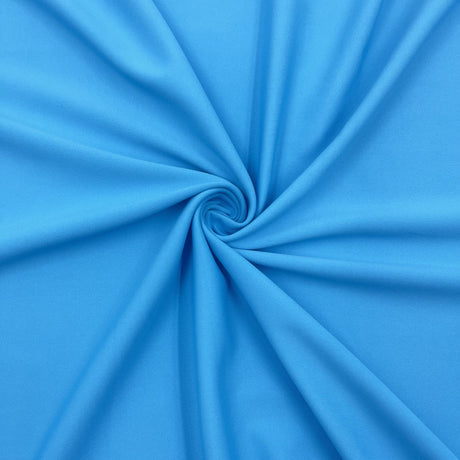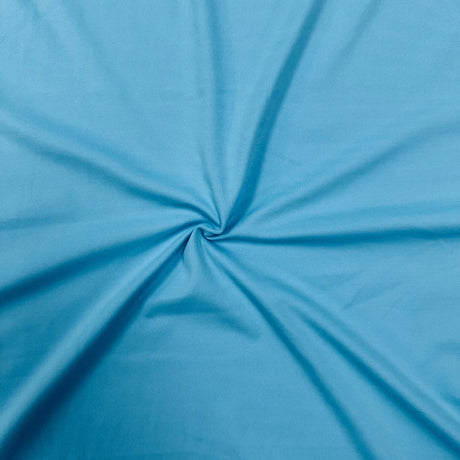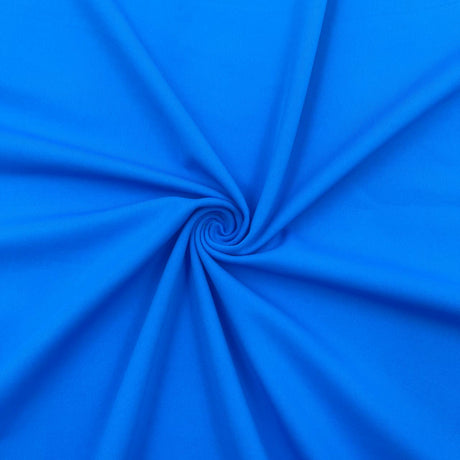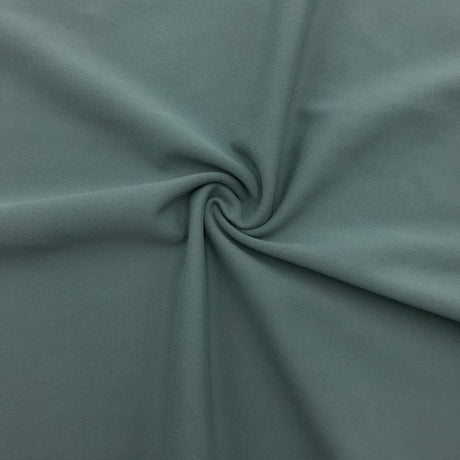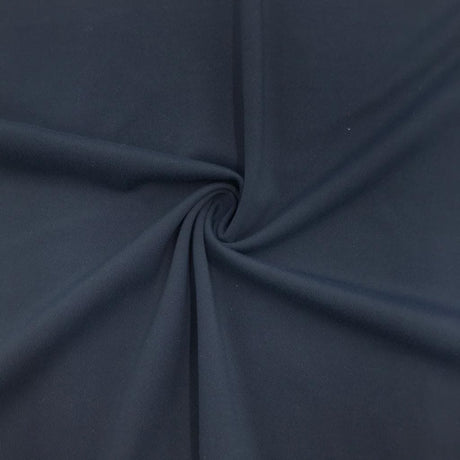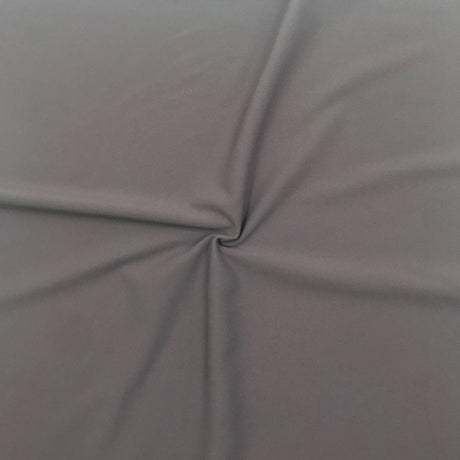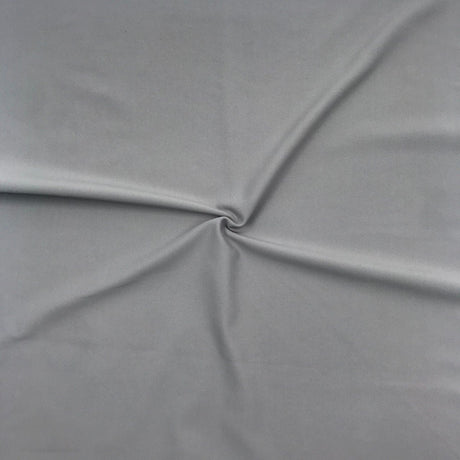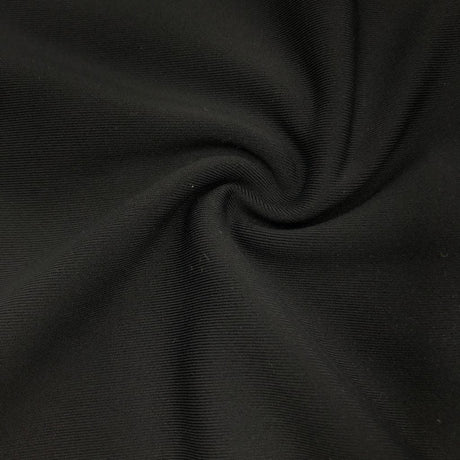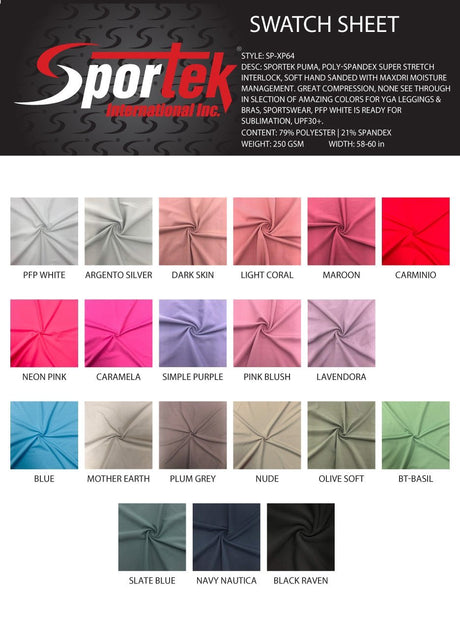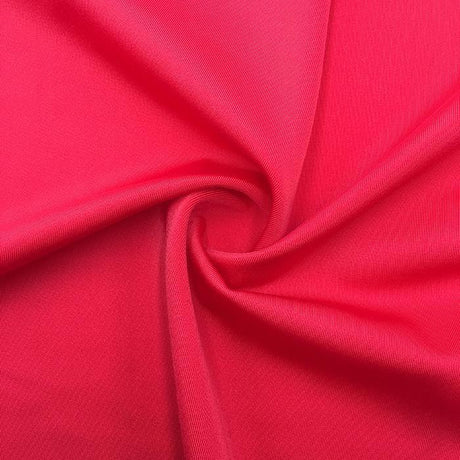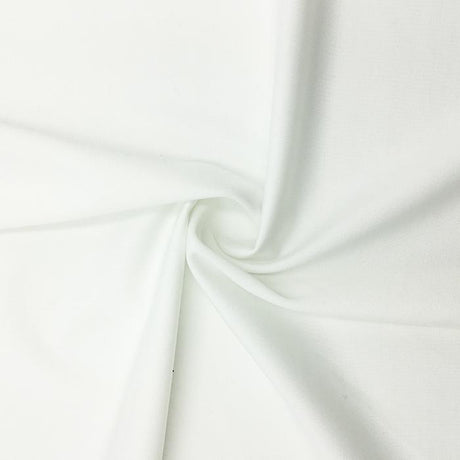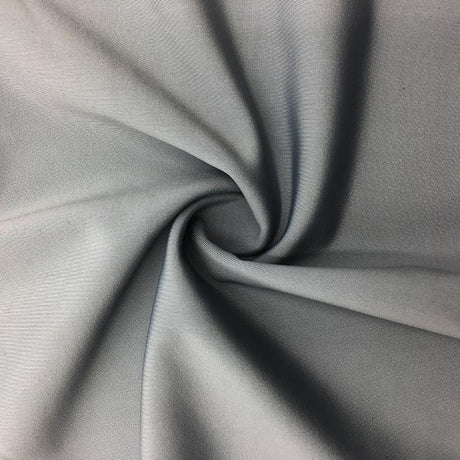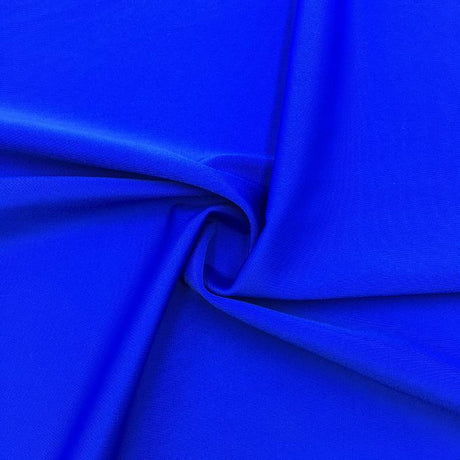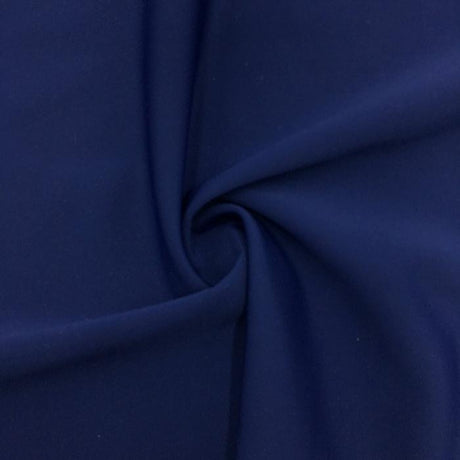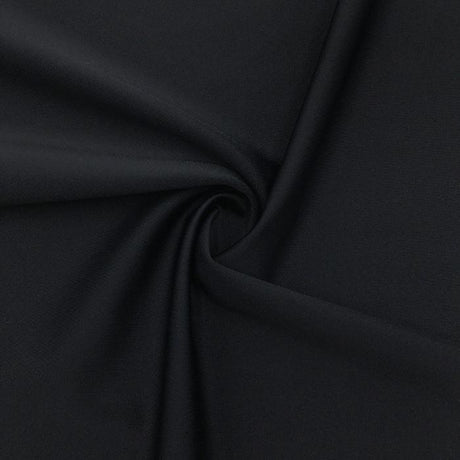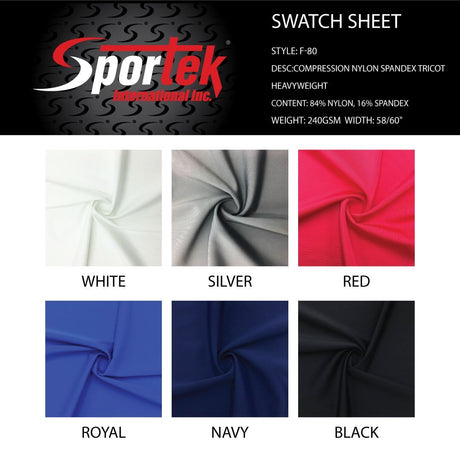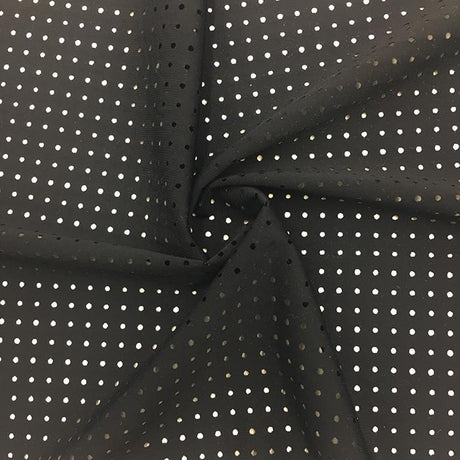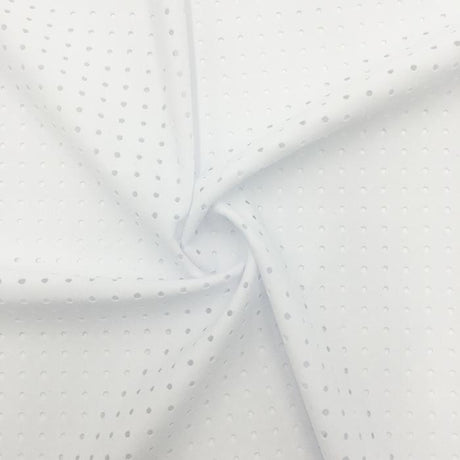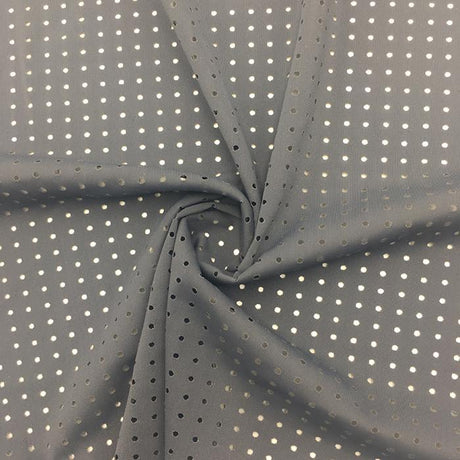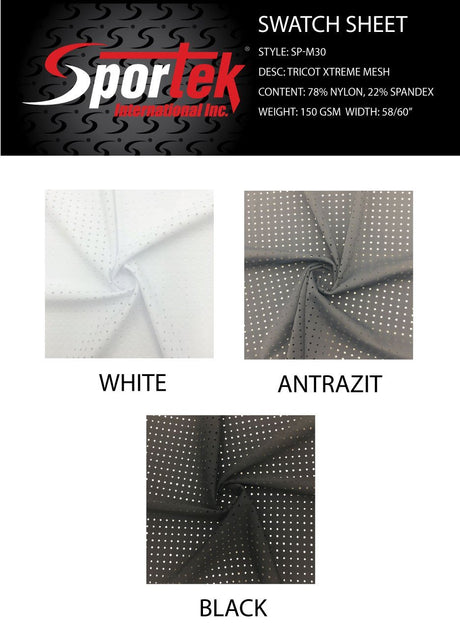A lack of a clear quality control process can have a devastating impact on your business. The risks are substantial and can lead to a significant financial loss.
1. Production Delays and Wasted Time
A problem with your fabric can bring your entire production line to a grinding halt. If you discover a defect or an inconsistency in the middle of a production run, you may have to halt production, which can cause significant delays, lost revenue, and a ripple effect of scheduling issues with your production partners.
2. Garment Defects and Returns
Inconsistent fabric can lead to a host of garment defects. A fabric with a lower stretch percentage may result in an ill-fitting garment. A fabric with an uneven dye lot can lead to a noticeable color difference between different sizes. A fabric with a subtle defect may not be visible until a customer puts it on. These defects lead to a high return rate and a major hit to your bottom line.
3. Damaged Brand Reputation
Your brand's reputation is built on consistency and quality. A customer who receives a garment that does not fit as expected, has a noticeable defect, or loses its shape after a few wears will not only return the product but will also share their experience online. This can lead to a damaged brand reputation that is incredibly difficult to repair.
4. Financial Loss
A bulk order of a subpar fabric can be a total financial loss. If the fabric is not suitable for your product, you will be left with unsellable inventory that ties up your capital. The cost of a bad purchase extends far beyond the initial price of the fabric; it includes the cost of lost production time, marketing, and the potential for a full product recall.
A proactive quality control plan is not just about catching mistakes; it's about preventing them.
Part 1: The Pre-Purchase Phase - Your First Line of Defense
The best quality control happens before you even place your order. This is your first and most crucial line of defense against a bad purchase.
Step 1: Define Your Quality Standards
Before you start sourcing, you must have a crystal-clear idea of what you need. Create a technical specification sheet (tech pack) for your fabric that includes:
- Fabric Composition: The exact blend (e.g., 80% Nylon, 20% Spandex).
- Fabric Weight (GSM): The precise weight of the fabric.
- Stretch and Recovery: The percentage of stretch for both the lengthwise and crosswise grains, and the recovery rate.
- Color and Print: The exact Pantone color code or a physical color swatch.
- Certifications: Any non-negotiable certifications (e.g., OEKO-TEX®).
- Additional Properties: Any other properties you need (e.g., moisture-wicking, anti-odor).
This tech pack is your contract with the supplier. It is the basis for all your quality checks and a key to a successful partnership.
Step 2: Vet the Supplier Thoroughly
A reputable supplier is your best guarantee of quality. As we’ve discussed in previous articles, you must vet your supplier thoroughly.
- Ask for Certifications: Ask for copies of their certification documents and verify them online.
- Request Client References: Ask for references from clients in your industry to get a firsthand account of their quality and reliability.
- Ask About Their Quality Control Process: Ask your supplier about their internal quality control process. Do they check every roll? Do they have a clear process for handling defects?
Step 3: Request and Analyze a Sample
Never, ever, purchase a bulk order based on a digital image alone. A physical sample is your best tool for a thorough quality check.
- Hand Feel and Appearance: Check the hand feel, the true color, and the finish of the fabric. Is it matte or shiny? Does it feel soft or coarse?
- Stretch and Recovery Test: Perform your own simple stretch and recovery test to verify the supplier's claims.
- Wash Test: Wash and dry a small piece of the sample to check for shrinkage, colorfastness, and any changes in hand feel.
Part 2: The In-Transit Phase - The Quality Check on Receipt
Once your fabric arrives, a basic receiving inspection is crucial before you even think about putting it into your inventory. This is a simple but effective way to catch any major issues.
Step 4: Conduct a Basic Receiving Inspection
- Inspect the Packaging: Check the packaging for any signs of damage. If the cartons are wet or crushed, it may indicate that the fabric inside has been damaged.
- Verify the Contents: Check the contents of the shipment against the packing list. Are the correct number of rolls, colors, and fabric types present?
- The "Four-Point" Inspection System: This is an industry-standard inspection process. You can pull a few yards from a few rolls and look for defects like holes, snags, stains, or inconsistencies. You can also check for a consistent color across the rolls.
Step 5: Perform a Simple Lab Test (Stretch & Recovery)
- The Test: Pull a small piece of fabric from a few different rolls and perform your simple stretch and recovery test.
- The Benefit: This will tell you if the fabric is consistent across the entire shipment. If one roll has a different stretch percentage than the others, it's a sign of a potential problem.
Step 6: Check for Color and Consistency
- The Test: Pull a few inches of fabric from a few different rolls and hold them up to a natural light source. Do the colors match? Are there any visible differences in the hue or the finish?
- The Benefit: This is a simple visual check that can save you from a major color inconsistency in your product line.
Part 3: The Pre-Production Phase - The Final Assurance
Before the fabric goes to your cutting table, you must perform a final quality check to ensure a smooth production run.
Step 7: The "Rest" Period
- The Rule: After the fabric arrives, let it "rest" for at least 24-48 hours.
- The Reason: A roll of fabric can have a certain amount of stress on it from the shipping process. Letting it rest allows the fibers to relax and return to their natural state, which will prevent a costly mistake of cutting a distorted fabric.
Step 8: Conduct a Full Wash Test
- The Test: Before you cut, wash and dry a larger piece of the fabric (e.g., 1-2 yards) according to your care instructions.
- The Reason: This will provide you with a final check for shrinkage, colorfastness, and any changes in hand feel or performance. If the fabric shrinks, you can adjust your pattern accordingly.
Step 9: Perform a Sample Cut and Sew
- The Test: Cut and sew a small sample of your final product.
- The Reason: This is your final check for any issues with the fabric's cutting or sewing properties. Does the fabric cut cleanly? Does it sew smoothly? Does the finished product fit as expected?
The Proactive Approach to Problem Resolution
If you do find a problem with your fabric, you must have a clear and fair return policy in writing from your supplier. This is your final line of defense.
- The Process: Document the problem with photos and videos. Contact your supplier immediately and provide them with all the documentation you have. A reputable supplier will have a clear process for handling the issue, which may include a refund or a replacement.
Conclusion
Ensuring spandex fabric quality in bulk orders is a systematic, proactive process that requires careful attention to detail. It is not just about a single check; it's about a series of checks that cover the entire purchasing lifecycle, from the pre-purchase phase to the final pre-production check. By implementing a rigorous quality assurance plan, you can transform the fear of inconsistency into a confident, predictable process that protects your investment and your brand's reputation.
A good supplier is a partner in this process. They will be transparent about their quality control and will be eager to work with you to ensure that every shipment you receive is of the highest standard.
Ready to explore a world of certified, high-quality fabrics? At SpandexByYard.com, we pride ourselves on transparency and quality. We provide all the information you need, from fabric specifications to certification details, so you can make a strategic, risk-free purchase. Explore our collection and build your brand on a foundation of integrity.

